Jimmy Nelson
"It is not the camera but the person behind the camera that makes the photograph."
Jimmy Nelson is an acclaimed British photographer known for his striking portraits of indigenous people and documentation of vanishing cultures and traditions. His visually stunning images have captivated audiences worldwide, highlighting the beauty and diversity of cultures that are often overlooked or marginalized. Nelson's work has been exhibited globally and has been featured in numerous publications, showcasing his unique ability to capture the essence of human connection and cultural pride.
Early Life and Career
Born in 1967 in the United Kingdom, Jimmy Nelson spent much of his early life traveling due to his father's job as a geologist. This exposure to various cultures and environments sparked Nelson's interest in photography and led him to pursue a career as a photojournalist. In 1987, he embarked on his first photographic expedition, trekking across Tibet with a large-format camera, where he captured the stunning landscapes and the unique culture of the Tibetan people.
Nelson's career as a professional photographer took off in the early 1990s when he started working for advertising clients and magazines. His assignments took him around the world, from Africa to Asia and the Americas, documenting diverse cultures and environments. However, it was his passion for exploring and preserving the world's vanishing cultures that would define his photographic journey.
Photographic Style and Techniques
Jimmy Nelson is best known for his large-format, highly detailed portraits of indigenous people. His photographic style is characterized by the use of vibrant colors, intricate compositions, and a sense of intimacy with his subjects. He often spends weeks or even months living with the communities he photographs, immersing himself in their traditions and way of life. This approach allows him to establish a deep connection with his subjects, which is evident in the emotional depth of his images.
Nelson's work is also notable for its emphasis on the beauty and dignity of his subjects, often presenting them in a regal and majestic manner. This portrayal serves to challenge stereotypes and misconceptions about indigenous cultures, showcasing their strength and resilience in the face of modernity.
Career Highlights
Jimmy Nelson's most significant career milestone came in 2010 when he began his ambitious project, "Before They Pass Away." The project aimed to document the world's last surviving indigenous cultures, capturing their unique traditions and way of life before they vanished due to globalization and modernization. Over several years, Nelson visited more than 35 communities across five continents, resulting in a stunning collection of photographs that have been exhibited worldwide and published in a critically acclaimed book.
In 2016, Nelson launched the Jimmy Nelson Foundation, a non-profit organization dedicated to preserving and celebrating cultural diversity through photography, education, and storytelling. The foundation supports various projects and initiatives that empower indigenous communities to share their stories and maintain their cultural heritage.
Photography Gear
Jimmy Nelson is known for using large-format cameras to capture the intricate details and vivid colors of his subjects. Some of the gear he has used throughout his career includes:
Linhof Technorama 617S III: A panoramic large-format camera that allows for high-resolution, wide-angle images.
Hasselblad H6D-100c: A medium-format digital camera known for its exceptional image quality and color rendition.
Leica S (Typ 007): Another medium-format digital camera, renowned for its sharpness and dynamic range.
Photography Books
"Jimmy Nelson Homage to Humanity" takes readers on an immersive journey through the lives of indigenous peoples across the globe. This book provides an intimate and respectful look at their traditions, customs, and environments, showcasing Nelson's ability to connect with his subjects and create visually striking images. As a resource for practicing photographers, this book offers insights into the importance of building trust and understanding cultural nuances, while also inspiring photographers to explore and document the beauty and diversity of the world.
"Jimmy Nelson - The Last Sentinels" focuses on the guardians of the world's most remote and fragile ecosystems. Through his captivating images, Nelson reveals the resilience and wisdom of these communities, highlighting the vital role they play in preserving our planet. For practicing photographers, this book serves as a source of inspiration for exploring themes of sustainability and the human connection to nature, while also demonstrating the power of photography to raise awareness and promote conservation.
"Before They Pass Away" is a poignant documentation of vanishing cultures and traditions from around the world. Nelson's compelling portraits showcase the dignity and beauty of these indigenous peoples, while also serving as a powerful reminder of the need to preserve their unique ways of life. This book provides practicing photographers with invaluable insights into the art of visual storytelling, as well as inspiring them to use their talents to make a difference in the world.
Quotes
"In a world of constant change, we need the wisdom of the world's indigenous cultures to lead us back to a more balanced and harmonious existence."
"The most beautiful thing we can experience is the mysterious. It is the source of all true art and science."
"It is not the camera but the person behind the camera that makes the photograph."
"The only way to truly understand another culture is to immerse yourself in it, to live it, and to breathe it."
"Through the lens of my camera, I am able to share the extraordinary beauty of our world's vanishing cultures and inspire others to celebrate and preserve their unique heritage."
Legacy and Influence
Jimmy Nelson's work has had a profound impact on the way we perceive and appreciate indigenous cultures. His photographs not only showcase the beauty and diversity of these communities but also serve as a reminder of the importance of preserving their unique way of life. Nelson's images have inspired countless photographers, such as Sebastião Salgado and Frans Lanting, who also focus on documenting the human condition and the natural world.
Through his foundation and ongoing projects, Nelson continues to advocate for cultural preservation and education, empowering indigenous communities to share their stories and maintain their heritage. His work serves as a call to action for everyone to recognize the value of cultural diversity and to embrace the wisdom and knowledge that these vanishing cultures have to offer.
Steve McCurry
"If you wait, people will forget your camera and the soul will drift up into view."
Steve McCurry is a renowned American photojournalist and photographer, best known for his evocative color photography and his ability to capture the essence of the human experience. With a career spanning over four decades, McCurry has documented numerous conflicts, natural disasters, and ancient cultures across the globe. His iconic image of the "Afghan Girl" has become one of the most recognizable and celebrated photographs in the history of photography.
Early Life and Career
Born in Philadelphia in 1950, Steve McCurry developed an interest in photography at a young age. He studied filmmaking and photography at Pennsylvania State University, graduating in 1974. After working as a newspaper photographer for a few years, McCurry embarked on a solo trip to India, where he began documenting the people and cultures he encountered. This trip marked the beginning of his remarkable career as a photojournalist.
In 1979, McCurry gained international recognition when he managed to smuggle images out of Afghanistan, just before the Soviet invasion. His photographs were among the first to reveal the conflict to the world, earning him the Robert Capa Gold Medal for Best Photographic Reporting from Abroad. This early success propelled McCurry into a long and distinguished career as a photojournalist, working with publications such as National Geographic, Time, and The New York Times.
Photographic Style and Techniques
Steve McCurry is known for his distinctive use of color and composition, which give his images a striking, almost painterly quality. Drawing inspiration from photographers like Henri Cartier-Bresson and Raghu Rai, McCurry captures the decisive moment, where all elements within the frame come together to convey a powerful narrative. His ability to connect with his subjects on a personal level allows him to create intimate and evocative portraits that reveal the human experience in its rawest form.
Throughout his career, McCurry has predominantly used Kodachrome film, which lends his images their signature saturated colors and exceptional clarity. However, as film has become increasingly rare, McCurry has transitioned to digital photography while maintaining the same visual language that defines his work.
Career Highlights
Steve McCurry's prolific career has produced numerous iconic images and garnered countless awards. Some of his most notable achievements include:
The "Afghan Girl" (1984): Arguably McCurry's most famous image, this captivating portrait of a young refugee with piercing green eyes graced the cover of National Geographic and has since become a symbol of the resilience of the Afghan people.
Coverage of the Iran-Iraq War (1980-1988): McCurry's harrowing images of the conflict brought the human cost of the war to the forefront, providing a stark contrast to the sanitized, distant coverage often seen in the media.
Documenting the monsoon season in India (1983-1984): McCurry spent months traveling across India to capture the impact of the monsoon season on people's lives, resulting in a powerful series of images that showcase the beauty and devastation of this natural phenomenon.
Photography Gear
Throughout his career, Steve McCurry has primarily used Nikon cameras and lenses. Steve's go-to camera at present is the Leica SL-2, which he primarily pairs with a versatile 24-90mm f/2.8-4 lens. Additionally, he frequently utilizes the 15-35mm f/3.5-4.5 and 90-280mm f/2.8-4 lenses. According to Steve, the Leica SL-2 is the finest camera he has ever worked with.
Photography Books
"Steve McCurry: A Life in Pictures" is a comprehensive retrospective of McCurry's 40-year career, featuring iconic images alongside 100 never-before-seen photographs. This book showcases the breadth and depth of his work, offering valuable insights into his unique style and approach to photography, as well as inspiration for photographers seeking to capture the world in a powerful and emotive way.
"Steve McCurry: The Iconic Photographs" is a collection of McCurry's most famous and enduring images, including his renowned "Afghan Girl" portrait. This book highlights his exceptional ability to capture intimate moments and powerful emotions, serving as a source of inspiration for photographers looking to develop their own ability to tell compelling stories through their images.
"In Search of Elsewhere: Unseen Images" presents a curated selection of previously unpublished photographs by McCurry, offering a fresh perspective on his body of work. This book highlights his keen eye for beauty and the human spirit, providing inspiration for photographers to seek out new stories and subjects in their own work.
"Stories and Dreams: Portraits of Childhood" focuses on McCurry's images of children from around the world, capturing the innocence, wonder, and resilience of youth. This collection offers valuable insights into his ability to connect with his subjects and create emotionally resonant images, inspiring photographers to explore the power of capturing the human experience.
"Untold: The Stories Behind the Photographs" delves into the fascinating stories behind some of McCurry's most iconic images, offering a unique glimpse into his creative process and photographic journey. This book provides valuable insights into his techniques and approach, encouraging photographers to develop their own storytelling abilities and deepen their understanding of the world around them.
"Steve McCurry: Devotion" explores the theme of faith and spirituality in McCurry's work, showcasing his incredible talent for capturing moments of reverence and contemplation across cultures. This collection serves as a source of inspiration for photographers seeking to explore themes of faith and spirituality in their own work, offering insights into McCurry's ability to find beauty and meaning in the everyday.
Quotes
"The photograph is an undeniably powerful medium. Free from the constraints of language, and harnessing the unique qualities of a single moment frozen in time, it has the ability to communicate with a global audience."
"If you wait, people will forget your camera and the soul will drift up into view."
"I look for the unguarded moment, the essential soul peeking out, experience etched on a person's face."
"Most of my photos are grounded in people, I look for the unguarded moment, the essential soul peeking out, experience etched on a person's face."
"My life is shaped by the urgent need to wander and observe, and my camera is my passport."
Legacy and Influence
Steve McCurry's work has had a significant impact on the field of photojournalism and photography as a whole. His ability to capture the human experience through his lens has inspired countless photographers to explore the world with a deeper sense of empathy and curiosity. Notable photographers influenced by McCurry's work include Annie Griffiths, Ami Vitale, and Lynsey Addario.
In addition to his artistic contributions, McCurry has also used his platform to advocate for social and environmental causes. His images have raised awareness of important issues, such as the plight of refugees and the effects of climate change, inspiring viewers to take action and make a positive difference in the world.
As an influential figure in the world of photography, Steve McCurry's work will continue to resonate with audiences for generations to come, reminding us of the power of the image to connect, inspire, and inform.
Vivian Maier
"A photograph is a secret about a secret. The more it tells you, the less you know."
Vivian Maier was an enigmatic American street photographer whose work was discovered posthumously, revealing a stunning and extensive body of work that has captivated the photography world. Maier's striking black and white photographs capture the essence of mid-20th century urban life in America, depicting everyday scenes with a keen eye for detail, humanity, and humor. Although she worked as a nanny for most of her life, Maier's passion for photography resulted in a remarkable and largely unknown archive of over 100,000 negatives, which have since gained widespread recognition and acclaim.
Early Life and Career
Vivian Maier was born in New York City in 1926 and spent part of her childhood in France before returning to the United States in the late 1930s. She began working as a nanny in the 1950s, a profession she would continue for over 40 years. Maier was a fiercely private person, and her passion for photography was largely unknown to those around her.
Throughout her life, Maier would spend her days off and free time exploring the streets of New York and later Chicago, capturing candid moments of urban life with her Rolleiflex camera. Despite her prolific output, Maier's work remained a secret, hidden away in boxes and storage lockers.
It wasn't until 2007, when historian and collector John Maloof purchased a box of Maier's negatives at an auction, that her extraordinary talent was discovered. Since then, Maier's work has been exhibited in galleries worldwide and has garnered widespread praise for its unique perspective and masterful technique.
Photographic Style and Techniques
Vivian Maier's photographic style is characterized by its striking compositions, candid moments, and a keen sense of observation. Key elements of her style and techniques include:
Street Photography: Maier's work primarily focuses on the genre of street photography, capturing everyday scenes, people, and events in the urban environment. Her images often depict moments of human interaction, emotion, and humor, revealing the beauty and complexity of ordinary life.
Black and White: The majority of Maier's work is in black and white, with her images exhibiting a rich tonal range and a strong sense of contrast. This monochromatic approach lends a timeless quality to her photographs, allowing the viewer to focus on the subject matter and composition.
Candid Portraiture: Maier had a remarkable ability to capture candid portraits of her subjects, often without their awareness. This resulted in natural, unguarded expressions and a sense of intimacy in her photographs.
Composition: Maier's images demonstrate a strong sense of composition and balance, with a clear emphasis on geometric shapes and patterns, as well as the use of shadows and reflections to create visual interest.
Career Highlights
Although Vivian Maier's work was not recognized during her lifetime, her photographs have gained significant recognition and acclaim since their discovery. Some notable highlights include:
Posthumous exhibitions of her work at prominent galleries and museums, such as the Chicago Cultural Center, the Museum of Contemporary Photography in Chicago, and the Jeu de Paume in Paris.
The release of several books and documentaries dedicated to her life and work, including "Vivian Maier: Street Photographer" (2011) and the Oscar-nominated documentary "Finding Vivian Maier" (2013).
The establishment of the Vivian Maier Scholarship, which provides financial support to emerging photographers pursuing projects related to social documentary photography.
Photography Gear
Vivian Maier primarily used a Rolleiflex twin-lens reflex (TLR) camera for her street photography. This medium-format camera was known for its exceptional image quality, and its waist-level viewfinder allowed Maier to discreetly capture her subjects without drawing attention to herself. In addition to the Rolleiflex, Maier occasionally used other cameras, including 35mm rangefinders and later, a Mamiya C330 TLR.
Photography Books
Although Vivian Maier did not publish any books during her lifetime, several posthumous publications have showcased her work.
"Vivian Maier: Street Photographer" presents a stunning collection of Maier's black and white street photography, revealing her incredible talent for capturing the essence of urban life. The book serves as a source of inspiration for photographers looking to develop their own street photography skills, offering insights into Maier's ability to find beauty and meaning in the everyday.
"Vivian Maier: The Color Work" showcases Maier's lesser-known but equally impressive color photographs. This collection highlights her versatility as a photographer and her keen sense of composition and color, providing inspiration for photographers seeking to explore the world of color photography.
"Vivian Maier Developed: The Untold Story of the Photographer Nanny" delves into the mysterious life of Vivian Maier, exploring her personal story alongside her incredible body of work. This book offers valuable insights into Maier's photographic journey, inspiring photographers to follow their passion regardless of life's obstacles.
"Vivian Maier: A Photographer Found" is a comprehensive look at Maier's work, featuring over 250 of her photographs, including street scenes, portraits, and landscapes. This book highlights Maier's exceptional talent and unique perspective, providing inspiration for photographers seeking to develop their own artistic voice.
"Vivian Maier: Out of the Shadows" presents a curated selection of Maier's photographs, accompanied by essays that explore her life and work. This book offers a deeper understanding of Maier's photography, providing insights into her approach and techniques while serving as a source of inspiration for photographers interested in capturing life's quieter moments.
"Vivian Maier: Self-Portraits" is a fascinating collection of Maier's self-portraits, revealing her ability to capture her own image in a variety of settings and situations. This book offers inspiration for photographers looking to explore the art of self-portraiture and develop a deeper understanding of their own photographic identity.
Quotes
"The camera is a remarkable instrument. Saturate yourself with your subject, and the camera will all but take you by the hand and point the way."
"I suppose nothing is as good as it seems beforehand."
"I am constantly amazed by man's inhumanity to man."
"Most people go through life dreading they'll have a traumatic experience. Freaks were born with their trauma."
"A photograph is a secret about a secret. The more it tells you, the less you know."
Legacy and Influence
Vivian Maier's work has left an indelible mark on the world of street photography, and her story has inspired countless photographers, both amateur and professional. Maier's unique perspective and dedication to her craft have served as a reminder of the importance of pursuing one's passion and the power of photography to capture the human experience.
Despite her mysterious and reclusive nature, Vivian Maier's photography has resonated with a wide audience, as her images continue to reveal the hidden beauty, complexity, and humanity of everyday life. Her legacy endures through her extraordinary body of work, and the countless photographers who continue to be inspired by her remarkable talent and enigmatic persona.
Joel Meyerowitz
"Every street, every passerby, was a potential picture."
Joel Meyerowitz is an acclaimed American photographer, known for his pioneering work in color photography and his significant contributions to the genre of street photography. With a career spanning over five decades, Meyerowitz has captured the essence of everyday life and the changing urban landscape with a keen eye for detail, color, and light. His work has been exhibited and published widely, cementing his reputation as one of the most influential photographers of his generation.
Early Life and Career
Joel Meyerowitz was born in 1938 in the Bronx, New York. He studied art, medical illustration, and painting at Ohio State University and later pursued a career in advertising as an art director. His interest in photography began in 1962, when he encountered street photographer Robert Frank at work. Inspired by Frank's approach, Meyerowitz picked up a camera and began to explore the streets of New York City.
Meyerowitz initially worked in black and white but soon embraced color photography, which was still considered unconventional in the world of fine art photography. In the late 1960s and early 1970s, he worked alongside fellow photographers William Eggleston and Stephen Shore to champion the use of color in photography as an artistic medium.
Photographic Style and Techniques
Joel Meyerowitz's photographic style is characterized by its ability to capture the fleeting moments and subtle details of daily life. Key elements of his style and techniques include:
Color Photography: Meyerowitz was one of the early proponents of color photography in the realm of fine art. His vibrant, saturated colors bring his subjects to life and add a new dimension to his images.
Street Photography: Like his contemporaries Garry Winogrand and Lee Friedlander, Meyerowitz is known for his candid images of people in urban settings. He has a unique ability to capture the energy, humor, and beauty of everyday life on the streets.
Large Format Photography: In addition to his street photography, Meyerowitz has also worked with large format cameras to create highly detailed, large-scale images of landscapes and cityscapes.
Career Highlights
Some notable highlights from Joel Meyerowitz's illustrious career include:
His groundbreaking work in color photography, which helped to legitimize the use of color in fine art photography and paved the way for future generations of photographers.
A retrospective exhibition at the International Center of Photography in New York City in 1993, which showcased Meyerowitz's extensive body of work.
The publication of numerous books featuring his photography, including "Cape Light" (1978), "Wild Flowers" (1983), and "Aftermath: World Trade Center Archive" (2006).
Being the recipient of several prestigious awards, such as the Guggenheim Fellowship, the National Endowment for the Arts Fellowship, and the Royal Photographic Society's Centenary Medal.
Photography Gear
Throughout his career, Joel Meyerowitz has used a range of photography gear, including:
Cameras: Meyerowitz has primarily used Leica rangefinder cameras, such as the Leica M3 and M6, for his street photography. For his large format work, he has used cameras like the Deardorff 8x10.
Lenses: Meyerowitz has favored wide-angle lenses for his street photography, such as the 28mm and 35mm focal lengths, which allow him to capture the dynamic scenes of urban life.
Film: Meyerowitz has worked extensively with Kodak color film, particularly Kodachrome and Ektachrome, which are known for their rich color palette and fine detail.
Photography Books
"Joel Meyerowitz: How I Make Photographs" provides an in-depth look into Meyerowitz's creative process and techniques. Through personal anecdotes and examples of his work, the book offers valuable guidance and inspiration for photographers seeking to improve their craft and better understand the mind of a master photographer.
"Joel Meyerowitz: Where I Find Myself: A Lifetime Retrospective" offers a comprehensive look at the remarkable career of Joel Meyerowitz, showcasing his diverse body of work, including street photography, portraits, and landscapes. This retrospective provides valuable insights into the evolution of Meyerowitz's style and his creative journey, inspiring photographers to explore their own growth and development.
"Joel Meyerowitz: Cape Light" captures the stunning light and beauty of Cape Cod, revealing Meyerowitz's unique ability to bring out the subtleties of color and atmosphere in his work. This book offers inspiration for photographers interested in exploring the nuances of natural light and the power of color in their own images.
"Joel Meyerowitz: Redheads" is a fascinating exploration of Meyerowitz's fascination with redheads, showcasing his talent for capturing the essence of his subjects through color, light, and composition. This collection of portraits provides inspiration for photographers looking to develop their own unique approach to portraiture.
"Bystander: A History of Street Photography" is an essential read for anyone interested in the genre, offering a comprehensive overview of the history and evolution of street photography. Co-authored with Colin Westerbeck, this book features the work of numerous influential photographers, including Meyerowitz himself, and provides valuable insights and inspiration for photographers seeking to understand and develop their own style within the realm of street photography.
Quotes
"Photography is a response that has to do with the momentary recognition of things."
"You fill up the frame with feelings, energy, discovery, and risk, and leave room enough for someone else to get in there."
"The world was already in the condition of art, waiting to be noticed as such."
"I believed in the beauty of the fragment rather than the whole."
"Every street, every passerby, was a potential picture."
Legacy and Influence
Joel Meyerowitz's contributions to the world of photography are immense. As a pioneer of color photography, he has inspired countless photographers to explore the artistic potential of color in their work. His street photography has left a lasting impact on the genre, influencing a new generation of photographers who continue to document the urban experience in their own unique ways.
Meyerowitz's work has also served as a bridge between the past and present, connecting the traditions of photography with contemporary practices. By embracing both the classic medium of film and newer digital technologies, he has demonstrated the ongoing relevance and importance of photography as an art form.
Through his extensive body of work, teaching, and mentorship, Joel Meyerowitz has left an indelible mark on the photographic community and will continue to be remembered as one of the most influential photographers of his time.
Garry Winogrand
"The world isn't tidy; it's a mess. I don't try to make it neat."
Garry Winogrand, a prolific and influential street photographer, is often referred to as the quintessential chronicler of American life in the mid-20th century. His candid, spontaneous images captured the essence of post-war America, from bustling city streets to the more subtle moments of everyday life. Winogrand's work has left an indelible mark on the world of photography and has inspired countless photographers to embrace a more intuitive and honest approach to documenting the human experience.
Early Life and Career
Garry Winogrand was born in 1928 in the Bronx, New York City. He initially studied painting at City College of New York and later switched to photography while attending Columbia University. Winogrand honed his photographic skills under the guidance of renowned photographer Alexey Brodovitch at The New School for Social Research.
In the early stages of his career, Winogrand worked as a freelance photojournalist and commercial photographer. His work appeared in various publications such as Collier's, Sports Illustrated, and Life. However, it was his personal projects that eventually gained him widespread recognition and solidified his reputation as a leading figure in street photography.
Photographic Style and Techniques
Garry Winogrand's photographic style and techniques can be characterized by the following key elements:
Spontaneity: Winogrand was known for his ability to capture spontaneous moments and the dynamic energy of the streets. He often shot quickly, without composing his images in the viewfinder, which resulted in an unfiltered and honest portrayal of his subjects.
Wide-angle lenses: Winogrand frequently used wide-angle lenses (28mm and 35mm) to create a sense of immediacy and intimacy in his images. This allowed him to get close to his subjects and incorporate more of the surrounding context in his photographs.
Tilted frames: Many of Winogrand's photographs feature tilted frames, which adds a sense of energy and movement to his images. This unconventional framing also challenges traditional notions of photographic composition.
High contrast and grain: Winogrand's images often exhibit high contrast and noticeable film grain, reflecting his preference for shooting with high-speed black and white film and his penchant for pushing the boundaries of traditional photographic aesthetics.
Career Highlights
Garry Winogrand's career highlights include:
Numerous solo exhibitions, such as his first major show at the George Eastman House in Rochester, New York, in 1960, and a retrospective at the Museum of Modern Art in New York in 1988, two years after his death.
The publication of several influential books, including "The Animals" (1969), "Women are Beautiful" (1975), and "Public Relations" (1977).
The receipt of multiple prestigious awards, including Guggenheim Fellowships in 1964, 1969, and 1978, and a National Endowment for the Arts Fellowship in 1979.
Photography Gear
Throughout his career, Garry Winogrand used a range of photography gear, including:
Cameras: Winogrand's camera of choice was the Leica M-series rangefinder, particularly the M4 and later the M6, which allowed him to work quickly and unobtrusively.
Lenses: As mentioned earlier, Winogrand favored wide-angle lenses, such as the 28mm and 35mm focal lengths, which enabled him to capture more of the scene and create a sense of immediacy in his images.
Film: Winogrand primarily shot with black and white film, often using high-speed films like Tri-X to achieve his signature high contrast and grainy aesthetic.
Photography Books
"The Street Philosophy of Garry Winogrand" by Geoff Dyer and Garry Winogrand is a thought-provoking exploration of Winogrand's images and the ideas they convey. This book offers a fresh and engaging perspective on Winogrand's work, inviting readers to consider the deeper meanings and narratives within his photographs, and ultimately inspiring photographers to develop their own creative vision.
"Winogrand: Figments From The Real World" is an essential volume for anyone interested in Winogrand's work, offering a comprehensive overview of his career and highlighting his unique approach to street photography. The book delves into the photographer's creative process and shares his perspective on the world, providing valuable insights for photographers seeking to capture the authenticity and spontaneity of life on the streets.
"The Animals" showcases Winogrand's skill in capturing the lives and behavior of animals in urban environments. This book reveals the photographer's ability to find beauty and meaning in unexpected places, and provides inspiration for photographers looking to explore new subjects and settings in their work.
"Garry Winogrand: Public Relations" is a fascinating study of public events and their impact on society. Through his candid and perceptive images, Winogrand reveals the staged nature of these events and their effect on the public. This book offers valuable insights for photographers interested in exploring the relationship between public life and individual experience.
"Women are Beautiful" is a testament to Winogrand's keen eye for capturing the beauty and complexity of women in everyday life. This collection of photographs showcases the photographer's ability to find captivating moments in ordinary situations and serves as inspiration for photographers seeking to create striking and meaningful images of the people they encounter.
Quotes
"I photograph to find out what something will look like photographed."
"There is nothing as mysterious as a fact clearly described."
"All a photograph ever does is describe light on surface. That's all there is."
"The world isn't tidy; it's a mess. I don't try to make it neat."
"I don't have anything to say in any picture. My only interest in photography is to see what something looks like as a photograph."
Legacy and Influence
Garry Winogrand's legacy as a pioneering street photographer has influenced generations of photographers, including contemporaries like Joel Meyerowitz and Lee Friedlander, as well as later artists such as Martin Parr and Alec Soth. His unflinching documentation of American life in the mid-20th century provides a rich historical record of a rapidly changing society, while his innovative techniques and approach to photography continue to challenge and inspire photographers today.
By capturing the spirit of an era and pushing the boundaries of the medium, Garry Winogrand has left an indelible mark on the world of photography. His work serves as a reminder of the power of the photographic image to reveal the complexities and nuances of human experience and to evoke a sense of wonder and curiosity about the world around us.
Beverly Joubert
“Every time we lose a species, we lose a piece of our own humanity”
Beverly Joubert is a world-renowned wildlife photographer, filmmaker, and conservationist, best known for her stunning images of African wildlife and her unwavering dedication to conservation efforts. Alongside her husband, Dereck Joubert, Beverly has spent over three decades capturing the beauty, complexity, and vulnerability of the natural world, using her photography as a powerful tool for storytelling and advocacy.
Early Life and Career
Born in South Africa, Beverly Joubert's passion for nature and wildlife was evident from a young age. She met her future husband, Dereck Joubert, at the age of 18, and together they embarked on a lifelong journey to document and protect Africa's most iconic species.
The Jouberts began their careers in the late 1980s, living and working in the remote wilderness of Botswana. Their dedication to capturing intimate moments in the lives of Africa's wildlife quickly garnered international attention, and their work has been featured in prestigious publications such as National Geographic, BBC Wildlife, and Africa Geographic.
Photographic Style and Techniques
Beverly Joubert's photographic style is characterized by its ability to convey the beauty, emotion, and vulnerability of her subjects. Key elements of her style and techniques include:
Intimate Portraits: Joubert's images often capture close-up, candid moments in the lives of her subjects, revealing their unique personalities and emotions.
Use of Natural Light: Joubert's photographs make the most of available natural light, creating a sense of authenticity and depth in her images.
Storytelling: Joubert's photography tells a compelling story about the lives of her subjects and the challenges they face in the wild, evoking empathy and raising awareness about the importance of conservation.
Career Highlights
Some notable highlights from Beverly Joubert's distinguished career include:
A longstanding collaboration with National Geographic, which has published her work extensively and supported many of her conservation initiatives.
The creation of numerous award-winning films and documentaries, often produced in collaboration with her husband, Dereck Joubert, such as "Eye of the Leopard," "The Last Lions," and "Birth of a Pride."
Co-founding the Big Cats Initiative, a global conservation program aimed at protecting big cats and their habitats, in partnership with National Geographic Society.
Photography Gear
Throughout her career, Beverly Joubert has used a range of photography gear, including:
Cameras: Joubert's primary camera of choice has been the Canon EOS system, with models like the EOS-1D X Mark II and the EOS 5D Mark IV being her go-to options for capturing high-quality wildlife images.
Lenses: Joubert has utilized a variety of lenses to capture her stunning wildlife portraits, often favoring telephoto lenses such as the Canon EF 200-400mm f/4L IS USM and the Canon EF 600mm f/4L IS II USM to get up close and personal with her subjects.
Accessories: To support her photographic endeavors, Joubert relies on accessories like sturdy tripods, gimbal heads, and camera beanbags for stabilizing her gear in the field.
Photography Books
"Face to Face with Lions (Face to Face with Animals)" offers an intimate look into the lives of lions, showcasing Joubert's stunning photographs and sharing her deep understanding of these magnificent creatures. This book not only offers insights into lion behavior but also encourages photographers to develop a closer connection with their subjects and to appreciate the beauty and power of these animals.
"African Animal Alphabet" is a unique and engaging book that introduces readers to the diverse wildlife of Africa through a series of stunning photographs and informative descriptions. This book is perfect for photographers seeking to expand their knowledge of African wildlife and offers inspiration for capturing the essence of these animals in their natural habitats.
"Relentless Enemies: Lions and Buffalo" delves into the complex and fascinating relationship between two of Africa's most iconic species. Through breathtaking images and insightful text, Joubert captures the drama, beauty, and intensity of the interactions between lions and buffalo, providing photographers with valuable inspiration for their own work.
"Face to Face With Elephants (Face to Face with Animals)" offers an up-close and personal look at the lives of elephants, revealing their intelligence, emotions, and unique behaviors. This book not only provides a deeper understanding of these magnificent animals but also offers practical tips and insights for photographers looking to capture striking and intimate images of elephants in the wild.
"The Last Lions: Official Companion to the Motion Picture" is a stunning visual journey that accompanies the critically acclaimed documentary film by Beverly and Dereck Joubert. This book showcases the beauty, power, and vulnerability of lions in their natural environment and emphasizes the urgent need for their conservation. The striking images and compelling narrative provide inspiration and valuable insights for photographers seeking to tell meaningful stories through their work.
Quotes
"Our mission is to save the wild places of Africa and to do this we must find a sustainable model for conservation that is aligned with the needs of Africa's people."
"Wildlife photography has the power to capture the hearts and minds of people, inspiring them to take action and protect our planet's most vulnerable species."
"We must remember that we are not separate from nature; we are a part of it. Our survival depends on the health and well-being of the natural world."
"Every time we lose a species, we lose a piece of our own humanity, for we are all interconnected in the web of life."
"The most important lesson I have learned in my career is that we must never give up on our dreams or our passion for making a difference in the world."
Legacy and Influence
Beverly Joubert's work has had a profound impact on the field of wildlife photography and conservation. Her images have not only inspired countless photographers, such as Paul Nicklen, Steve Winter, and Andy Rouse, but have also played a critical role in raising global awareness about the plight of Africa's most iconic species.
Together with her husband, Dereck, Beverly Joubert has dedicated her life to protecting the wild places and animals that they so passionately document. Through their award-winning films, books, and photographs, as well as their tireless advocacy and conservation work, the Jouberts have become leading voices in the fight to save Africa's wildlife and habitats for future generations.
Beverly Joubert's legacy endures through her stunning body of work, her ongoing commitment to wildlife conservation, and the countless photographers and conservationists who continue to be inspired by her vision and dedication to the natural world.
Andy Rouse
"The power of a single image can have a lasting impact on people's perceptions of the natural world”
Andy Rouse is an acclaimed wildlife photographer whose work has captivated audiences around the world. Known for his stunning images of animals in their natural habitats, Rouse has dedicated his career to capturing the beauty and wonder of the natural world. His work is characterized by its powerful storytelling, emotional impact, and unwavering commitment to wildlife conservation.
Early Life and Career
Andy Rouse was born and raised in the United Kingdom, where he developed a love for nature and wildlife from an early age. After studying engineering at university, he spent several years working in the aerospace industry before deciding to pursue his passion for photography full-time.
Rouse's transition into professional photography was a bold move, but his dedication and talent quickly earned him recognition within the industry. He has traveled to remote locations across the globe, photographing a diverse range of wildlife species, including tigers, elephants, polar bears, and gorillas.
Photographic Style and Techniques
Andy Rouse's photographic style is distinguished by its ability to capture the unique personalities and behaviors of the animals he photographs. Key elements of his style and techniques include:
Emotion and Connection: Rouse aims to create a strong emotional connection between the viewer and the subject in his images, often capturing animals in moments of vulnerability or playfulness.
Storytelling: Rouse's photography is driven by a desire to tell stories about the lives of the animals he photographs, highlighting their unique experiences and the challenges they face in the wild.
Ethical Approach: Rouse is a strong advocate for ethical wildlife photography, always prioritizing the welfare of the animals he photographs and promoting responsible practices within the industry.
Career Highlights
Some notable highlights from Andy Rouse's career as a wildlife photographer include:
Winning numerous prestigious awards, such as the Wildlife Photographer of the Year and the British Wildlife Photography Awards, which recognize his outstanding contributions to wildlife photography.
Collaborating with leading conservation organizations, such as the World Wildlife Fund and the Royal Society for the Protection of Birds, to raise awareness about the importance of wildlife conservation and the threats faced by many species.
Hosting photography workshops and tours around the world, sharing his expertise and passion for wildlife photography with aspiring photographers.
Photography Gear
Throughout his career, Andy Rouse has used a range of photography gear, including:
Cameras: Rouse primarily uses Canon DSLRs, including models such as the Canon EOS-1D X Mark II and the Canon EOS R5, which offer high-quality image resolution and fast autofocus capabilities.
Lenses: Rouse's lens selection includes a variety of Canon lenses, such as the EF 500mm f/4L IS II USM and the EF 100-400mm f/4.5-5.6L IS II USM, which provide versatility and sharpness for capturing wildlife at different distances.
Accessories: Rouse also uses various accessories, such as tripod systems, camera bags, and protective gear, to support his photography in challenging environments and ensure the safety of his equipment.
Photography Books
"An Illustrated A to Z of Digital Wildlife Photography" serves as an essential guide for photographers looking to master the art of wildlife photography in the digital age. With a comprehensive overview of techniques, equipment, and tips, this book equips photographers with the knowledge needed to create stunning images that capture the essence of their subjects.
"Animal Portraits" showcases Rouse's exceptional talent for capturing the personalities and emotions of animals in their natural habitats. The book offers insight into the creative process and technical expertise behind each image, inspiring photographers to push their own boundaries and develop a deeper connection with their subjects.
"Life in the Wild: A Photographer's Year" chronicles Rouse's personal journey through a year of wildlife photography, revealing the challenges, triumphs, and beauty that he encounters along the way. This intimate look into Rouse's experiences provides readers with a unique perspective on the life of a professional wildlife photographer and offers inspiration for their own photographic endeavors.
"Concepts of Nature: A Wildlife Photographer's Art" delves into the artistic side of wildlife photography, exploring the techniques and creative vision that transform ordinary images into extraordinary works of art. Rouse shares his approach to composition, lighting, and storytelling, empowering readers to develop their own artistic voice.
"Lonely Planet Wildlife Photography (How to)" is a practical guide that equips photographers with the skills and knowledge required to capture stunning wildlife images. Covering everything from equipment and technique to ethical considerations, this book is an indispensable resource for anyone seeking to master the art of wildlife photography.
Quotes
Here are some memorable quotes from Andy Rouse that reflect his passion for wildlife photography and conservation:
"For me, photography is all about capturing the essence of the animal, their spirit, their soul, and their character."
"I believe that as a wildlife photographer, we have a responsibility to be ambassadors for the animals we photograph and the environments they live in."
"Wildlife photography is not just about technical excellence; it's about creating an emotional connection with the viewer."
"In the field, patience is key. The best images come when you take the time to observe, understand, and connect with the animals you are photographing."
"The power of a single image can have a lasting impact on people's perceptions of the natural world, and it is our responsibility as photographers to use that power for good."
Legacy and Influence
Andy Rouse's dedication to wildlife photography and conservation has had a lasting impact on the industry, inspiring other photographers to pursue their passion for capturing the natural world while promoting responsible and ethical practices. His work has influenced many wildlife photographers, such as David Lloyd, Sue Flood, and Will Burrard-Lucas, who share a similar commitment to conservation and storytelling through their images.
Rouse's advocacy for wildlife conservation has played a significant role in raising awareness about the challenges faced by many species and the importance of protecting their habitats. His legacy continues through his stunning body of work, his ongoing conservation efforts, and the countless photographers who have been inspired by his passion and dedication to the natural world.
Paul Nicklen
"I believe that we must use images to evoke emotions, and emotions lead to action."
Paul Nicklen is a renowned Canadian wildlife photographer, marine biologist, and conservationist whose work focuses on capturing the beauty, fragility, and resilience of the world's polar regions. With a deep passion for environmental conservation, Nicklen's photography showcases the unique ecosystems of the Arctic and Antarctica, highlighting the effects of climate change on the animals that inhabit these remote areas. His work has been featured in National Geographic, BBC Wildlife, and numerous other publications, earning him worldwide recognition and numerous awards.
Early Life and Career
Paul Nicklen was born in 1968 in Tisdale, Saskatchewan, Canada, and spent his early years on Baffin Island in the Canadian Arctic. Growing up in this remote environment, Nicklen developed a deep connection with nature and the unique wildlife of the polar regions.
Nicklen earned a degree in marine biology from the University of Victoria in British Columbia, Canada, and initially pursued a career in scientific research. However, his passion for photography and storytelling eventually led him to shift his focus to wildlife photography, with the aim of raising awareness about the importance of polar ecosystems and the effects of climate change.
Photographic Style and Techniques
Paul Nicklen's photographic style is characterized by its ability to capture the beauty, fragility, and resilience of the world's polar ecosystems. Key elements of his style and techniques include:
Intimate Wildlife Encounters: Nicklen's work often features close-up images of polar animals, showcasing their unique behaviors, physical features, and personalities. He achieves this by spending extended periods of time in the field, observing and documenting the animals in their natural environment.
Dramatic Landscapes: In addition to his wildlife photography, Nicklen is also known for capturing the breathtaking landscapes of the Arctic and Antarctica, highlighting the stark beauty and fragility of these remote regions.
Underwater Photography: As a trained marine biologist and experienced diver, Nicklen has been able to capture stunning underwater images of polar animals, providing a unique perspective on their lives beneath the ice.
Career Highlights
Some notable highlights from Paul Nicklen's distinguished career include:
Working as a regular contributor to National Geographic magazine, where his photography has been featured in numerous articles and cover stories.
Co-founding SeaLegacy, a nonprofit organization dedicated to ocean conservation, with his partner, fellow photographer, and conservationist Cristina Mittermeier.
Being the recipient of several prestigious awards, including the BBC Wildlife Photographer of the Year, the World Press Photo Award for Nature, and the Prince of Asturias Award for Communication and Humanities.
Photography Gear
Throughout his career, Paul Nicklen has used a range of photography gear, including:
Cameras: Nicklen's primary camera of choice has been the Canon EOS-1D X, but he has also used other Canon models like the EOS 5D Mark IV and the EOS R5 for various projects.
Lenses: Nicklen has utilized a variety of lenses for his photography, including wide-angle, telephoto, and macro lenses from Canon, allowing him to capture diverse perspectives and create compelling compositions.
Underwater Housing: To capture his stunning underwater images, Nicklen has relied on underwater housings from brands like Subal and Nauticam, which protect his camera gear and enable him to shoot in the extreme conditions of the polar regions.
Photography Books
“Born to Ice" by Paul Nicklen is a visually stunning and powerful book that explores the beauty and fragility of the polar regions, showcasing the unique wildlife and landscapes found in these remote and challenging environments. Nicklen's masterful photography reveals the intimate connections between the animals, their ecosystems, and the effects of climate change on their survival. For practicing photographers, this book offers insights into Nicklen's approach to capturing the essence of the polar regions and the incredible species that inhabit them.
"Ours: Esprits de la nature" takes readers on a visual journey into the lives of bears in their natural habitats, highlighting their strength, adaptability, and fascinating behaviors. Through Nicklen's lens, photographers can learn how to approach wildlife photography with respect, patience, and understanding, capturing the spirit of these magnificent creatures while shedding light on the importance of conservation efforts.
"SAISONS DE L'ARCTIQUE" presents a captivating collection of images documenting the Arctic's ever-changing landscapes and seasons, along with the diverse wildlife that calls this region home. This book serves as a source of inspiration for photographers seeking to explore the challenges and rewards of photographing in extreme conditions. Nicklen's work demonstrates the importance of perseverance, technical skill, and a deep appreciation for the natural world when creating powerful and evocative images.
"Polar Obsession" is a breathtaking visual journey into the heart of the polar regions, showcasing the unique wildlife, landscapes, and extraordinary beauty found in the Arctic and Antarctic. Nicklen's unparalleled photographic skills and deep understanding of these environments capture the essence of the fragile ecosystems, highlighting their importance and the urgent need for their protection.
Quotes
"Photography is a powerful tool for inspiring people to care about our planet and its creatures."
"I believe that we must use images to evoke emotions, and emotions lead to action."
"The polar regions are a litmus test for the health of our planet. What happens there affects us all."
"My goal is to bridge the gap between scientific research and the public's understanding of the importance of conservation."
"As a photographer, my role is to tell the stories of the animals and environments that are often overlooked or misunderstood."
Legacy and Influence
Paul Nicklen's photography has had a significant impact on the world of wildlife photography and environmental conservation. His images have inspired countless photographers, including his partner Cristina Mittermeier and other renowned photographers like Brian Skerry and Thomas Peschak, who share his passion for capturing the beauty and fragility of the world's ecosystems.
Nicklen's dedication to raising awareness about the importance of polar ecosystems and the effects of climate change has not only led to a greater appreciation for these remote regions but has also played a crucial role in promoting conservation efforts. His work with SeaLegacy has helped to support marine conservation projects around the world, and his photography continues to be a powerful tool for inspiring action to protect our planet's fragile ecosystems.
Through his stunning images and tireless advocacy, Paul Nicklen has left a lasting legacy in the fields of photography and environmental conservation, inspiring future generations to care for our planet and its incredible wildlife.
Steve Winter
"To me, photography is a powerful tool that can inspire people to care about the natural world.”
Steve Winter is an acclaimed American wildlife photographer known for his stunning images of elusive and endangered species. With a career spanning over three decades, Winter has dedicated his life to capturing the beauty, power, and vulnerability of the world's most captivating animals. His work has appeared in numerous publications, including National Geographic, where he has been a contributing photographer for many years. Winter's awe-inspiring images have not only raised awareness about the importance of wildlife conservation but have also inspired countless photographers to explore the natural world and capture its many wonders.
Early Life and Career
Steve Winter was born in 1961 in Indiana, USA, and developed a passion for photography and the outdoors from a young age. He attended the Academy of Art University in San Francisco, where he studied photography and began to develop his signature style and techniques.
After completing his studies, Winter embarked on a career as a photojournalist, working for various newspapers and magazines. His exceptional talent and passion for wildlife photography soon caught the attention of National Geographic, where he became a regular contributor. Over the years, Winter has traveled to some of the most remote and inhospitable regions of the world in pursuit of his photographic subjects, often spending months at a time in the field.
Photographic Style and Techniques
Steve Winter's photographic style is characterized by its ability to capture the majesty, beauty, and vulnerability of the world's most elusive wildlife. Key elements of his style and techniques include:
Intimate Portraits: Winter's work often features close-up, intimate portraits of his subjects, revealing their expressions, emotions, and individual personalities.
Remote Camera Traps: To capture images of elusive animals in their natural habitats, Winter often uses remote camera traps, which are triggered by motion or infrared sensors. This technique allows him to photograph animals without disturbing them, resulting in more natural and candid images.
Dramatic Lighting: Winter's images are often distinguished by their dramatic lighting, which emphasizes the power and beauty of his subjects. He achieves this by carefully selecting the time of day and weather conditions for his shoots, as well as using artificial lighting when necessary.
Career Highlights
Some notable highlights from Steve Winter's distinguished career include:
A longstanding collaboration with National Geographic, where he has been a contributing photographer since the early 1990s.
The publication of several books featuring his photography, including "Tigers Forever: Saving the World's Most Endangered Big Cat" (2013) and "On the Trail of Big Cats: Tigers, Leopards, and Snow Leopards" (2018).
Being the recipient of numerous prestigious awards, such as the World Press Photo Award, the Wildlife Photographer of the Year Award, and the Pictures of the Year International Award.
Photography Gear
Throughout his career, Steve Winter has used a range of photography gear, including:
Cameras: Winter's primary camera of choice has been the Canon EOS system, particularly the Canon EOS-1D X and the EOS R5. He has also used Nikon cameras and equipment on occasion.
Lenses: Winter's lens choices cover a wide range of focal lengths, from wide-angle to telephoto. Some of his most frequently used lenses include the Canon EF 16-35mm f/2.8L, the EF 24-70mm f/2.8L, and the EF 200-400mm f/4L.
Camera Traps: Winter often employs remote camera traps, such as the Camtraptions PIR Motion Sensor and the Cognisys Scout Camera Trap, to capture images of elusive wildlife.
Lighting: Winter uses a variety of artificial lighting equipment, including portable flash units like the Canon Speed lite and Profoto B1, to create dramatic lighting effects and enhance the natural beauty of his subjects.
Photography Books
"Tigers Forever: Saving the World's Most Endangered Big Cat" by Steve Winter is a compelling and visually stunning book that documents the beauty and challenges faced by the world's most endangered big cats. Winter's photography captures the majestic tigers in their natural habitats, showcasing their power, grace, and vulnerability. This book offers practicing photographers valuable insights into Winter's approach to wildlife photography, including his techniques for tracking and photographing these elusive creatures in their natural environments.
In addition to the breathtaking images, the book provides an in-depth look at the conservation efforts underway to save these magnificent animals from the brink of extinction. The stories and information shared within the book can serve as inspiration for photographers seeking to create impactful images that raise awareness and contribute to the conservation of endangered species. By studying Winter's work, photographers can learn how to approach wildlife photography with sensitivity, patience, and a deep respect for the animals and their environments, ultimately elevating their own photographic skills and storytelling abilities.
Quotes
"To me, photography is a powerful tool that can inspire people to care about the natural world and the creatures that inhabit it."
"My goal as a wildlife photographer is not just to create beautiful images, but to capture the essence of the animals I photograph – their strength, their vulnerability, their individual personalities."
"The most rewarding aspect of my work is the knowledge that my images can play a role in raising awareness about the importance of wildlife conservation and the challenges that many species face in the modern world."
"I have always believed that patience is one of the most important qualities a wildlife photographer can possess. It takes time to truly understand and connect with the animals we photograph, and that connection is what ultimately allows us to capture their true essence."
"In a world where so many species are under threat, it is more important than ever for wildlife photographers to use their skills and talents to inspire people to take action and protect the natural world."
Legacy and Influence
Steve Winter's photography has had a significant impact on the world of wildlife photography, inspiring generations of photographers to explore the natural world and capture its many wonders. His work has been influential for photographers like Paul Nicklen, Beverly Joubert, and Frans Lanting, who have been inspired by Winter's ability to capture the beauty and power of the world's most elusive and endangered species.
Winter's dedication to capturing the majesty of the world's wildlife has not only led to a greater appreciation for these animals but has also played a crucial role in promoting conservation efforts. His legacy endures through his stunning body of work and the countless photographers who continue to be inspired by his vision and his commitment to the natural world.
Frans Lanting
"I believe that photography can help people see the world in new ways”
Frans Lanting is a celebrated Dutch photographer renowned for his breathtaking images of wildlife and natural landscapes. Born in 1951 in Rotterdam, Netherlands, Lanting has spent over three decades documenting the beauty and fragility of our planet's ecosystems. His work has appeared in some of the world's most prestigious publications, including National Geographic, where he has been a longtime contributor. Lanting's images have earned him numerous accolades and have helped raise awareness about conservation and environmental issues.
Early Life and Career
Frans Lanting was born and raised in the Netherlands, where his love for nature and the outdoors was nurtured from a young age. He later moved to the United States to study environmental planning at the University of California, Santa Cruz. It was during this time that Lanting discovered his passion for photography.
After completing his studies, Lanting embarked on a career as a freelance photographer. His talent for capturing the essence of wildlife and natural landscapes quickly garnered attention, and his work began appearing in renowned publications such as National Geographic, Audubon, and Outdoor Photographer. Over the years, Lanting has traveled to some of the world's most remote and exotic locations, from the Amazon rainforest to the Antarctic ice shelves, to document the wonders of our planet.
Photographic Style and Techniques
Frans Lanting's work is characterized by its ability to convey the beauty, diversity, and fragility of the natural world. Key elements of his style and techniques include:
Intimate Portraits: Lanting is known for his close-up, intimate portraits of wildlife, which showcase the individuality and personality of his subjects. He achieves this by carefully observing the behavior of animals and patiently waiting for the perfect moment to capture their essence.
Evocative Landscapes: Lanting's landscape images often feature dramatic lighting and composition, which evoke a sense of awe and wonder in the viewer. His ability to convey the mood and atmosphere of a location sets his work apart from other nature photographers.
Environmental Storytelling: Many of Lanting's photographic projects focus on telling the story of specific ecosystems or species, highlighting their unique characteristics and the challenges they face. Through his images, Lanting aims to raise awareness about conservation and environmental issues.
Career Highlights
Some notable highlights from Frans Lanting's distinguished career include:
Longtime collaboration with National Geographic, where he has contributed numerous articles and images, often focusing on environmental and conservation issues.
The publication of several books showcasing his photography, such as "Eye to Eye" (1997), "Jungles" (2000), and "Life: A Journey Through Time" (2006).
Recipient of numerous awards, including the World Press Photo Award, the Sierra Club's Ansel Adams Award, and the Lennart Nilsson Award for Scientific Photography.
Photography Gear
Throughout his career, Frans Lanting has used a variety of photography gear, including:
Cameras: Lanting has primarily used Canon cameras, such as the Canon EOS-1D X and the EOS 5D Mark IV, to capture his images. He has also utilized medium format cameras like the Hasselblad H6D for select projects.
Lenses: Lanting employs a range of lenses to capture diverse perspectives and compositions, from wide-angle to telephoto options, such as the Canon EF 16-35mm f/2.8L II USM and the Canon EF 100-400mm f/4.5-5.6L IS II USM.
Accessories: To ensure the highest image quality and stability, Lantanting uses a variety of tripods, monopods, and gimbal heads, as well as filters and other accessories to enhance his photography.
Photography Books
"Into Africa": In this visually stunning book, Frans Lanting takes readers on a photographic journey through the diverse landscapes and wildlife of Africa. Practicing photographers can learn from Lanting's ability to capture intimate moments with animals and his unique approach to storytelling through images. The book offers valuable insights into the techniques used to photograph wildlife and serves as a source of inspiration for photographers seeking to create evocative images that celebrate the natural world.
"Bonobo: The Forgotten Ape": This book showcases Lanting's extraordinary photography of the often-overlooked bonobo, a close relative of the chimpanzee. Practicing photographers can gain insights into Lanting's approach to capturing the complex social behavior and unique characteristics of these fascinating primates. The book highlights the importance of conservation and offers inspiration for photographers looking to develop their skills in wildlife photography and convey meaningful messages through their work.
"Frans Lanting, Penguin": In this captivating collection, Lanting showcases his incredible photography of penguins in their natural habitats. The book provides practicing photographers with a wealth of inspiration, as well as insights into Lanting's techniques for capturing the essence of these charismatic birds. Readers can learn from his expertise in creating images that convey a sense of place and evoke an emotional response, making it a valuable resource for photographers looking to enhance their wildlife photography skills.
"Eye to Eye: Intimate Encounter With the Animal World": This book features Lanting's intimate and breathtaking portraits of animals from around the world. Practicing photographers can learn from his expertise in capturing the unique personalities and expressions of his subjects. The book offers insights into the techniques used to create close-up wildlife portraits and serves as a source of inspiration for photographers looking to connect with their subjects on a deeper level and create visually captivating images.
"Okavango": In this visually stunning book, Lanting explores the unique ecosystem of the Okavango Delta in Botswana, showcasing its diverse wildlife and breathtaking landscapes. The book offers practicing photographers valuable insights into Lanting's approach to capturing the essence of this extraordinary environment. The book provides inspiration for photographers seeking to create evocative images that celebrate the natural world and serves as a valuable resource for those looking to develop their skills in landscape and wildlife photography.
Quotes
"I believe that photography can help people see the world in new ways, and that through images we can better understand and appreciate the beauty and complexity of the natural world."
"For me, the challenge of photography is to capture not just the physical appearance of a subject, but also its spirit and essence."
"My goal as a photographer is to create images that inspire people to care about our planet and to take action to protect it."
"I think it's essential for photographers to not only document the natural world but also to use their images to tell stories that inform and engage people about the challenges facing our planet."
"The most important thing for a nature photographer is to be patient and observant, and to allow the magic of the natural world to reveal itself."
Legacy and Influence
Frans Lanting's photography has had a profound impact on the world of nature and wildlife photography, inspiring countless photographers to explore and celebrate the beauty and diversity of our planet. His work has been influential for photographers like Art Wolfe, Thomas D. Mangelsen, and Cristina Mittermeier, who have been inspired by Lanting's intimate portraits and evocative landscapes.
Lanting's dedication to capturing the essence of the natural world and raising awareness about conservation and environmental issues has not only led to a greater appreciation for our planet's fragile ecosystems but has also played a critical role in promoting conservation efforts. His legacy endures through his stunning body of work and the countless photographers who continue to be inspired by his vision and his unwavering commitment to the environment.
David Muench
"In my photographs, I try to capture the essence of the landscape – the light, the atmosphere, the spirit of the place."
David Muench is an acclaimed American landscape photographer whose work has been synonymous with the grandeur and beauty of the American wilderness for over half a century. Born into a family of photographers, Muench has dedicated his life to capturing the essence of America's natural landscapes, from its towering mountains and sprawling deserts to its rugged coastlines and dense forests. Muench's work is characterized by its vivid colors, intricate compositions, and an unmistakable reverence for the natural world.
Early Life and Career
David Muench was born in 1936 in Santa Barbara, California, to a family with deep roots in photography. His father, Josef Muench, was a well-respected landscape and nature photographer, and his mother, Joyce Muench, was a photo editor and writer. Growing up in this environment, David quickly developed a passion for photography and the outdoors.
After studying photography at the Art Center College of Design in Los Angeles, Muench began his career as a freelance photographer. He was soon commissioned by the National Park Service and other organizations to photograph various American landscapes. Muench's work gained widespread recognition, and his images began appearing in magazines such as Arizona Highways, National Geographic, and Outdoor Photographer.
Photographic Style and Techniques
David Muench's photographic style is distinguished by its ability to capture the grandeur and subtlety of America's diverse landscapes. Key elements of his style and techniques include:
Large Format Photography: Muench has predominantly used large format cameras, such as the Linhof Technika and the Ebony SV45, to capture his images. These cameras produce large, high-resolution negatives that enable Muench to create prints with exceptional detail and clarity.
Vibrant Colors: Muench's work is often characterized by its rich, saturated colors, which convey the beauty and intensity of the natural world. He achieves this through careful selection of film and meticulous attention to light and weather conditions.
Intimate Landscapes: While Muench is best known for his grand, sweeping images, he also excels at capturing smaller, more intimate landscapes. These images often feature intricate patterns, textures, and details found within the larger landscape.
Career Highlights
Some notable highlights from David Muench's distinguished career include:
A longstanding collaboration with Arizona Highways magazine, which has published Muench's work for over six decades and helped to establish his reputation as a preeminent landscape photographer.
The publication of numerous books featuring his photography, including "Plateau Light" (1997), "Windstone: Natural Arches, Bridges, and Other Openings" (1996), and "Our National Parks" (1997), which celebrate the beauty and diversity of America's natural heritage.
Being the recipient of several prestigious awards, such as the NANPA Lifetime Achievement Award in 2017, recognizing his significant contributions to the field of nature photography.
Photography Gear
Throughout his career, David Muench has used a range of photography gear, including:
Cameras: Muench's primary camera of choice has been the large format Linhof Technika, but he has also used the Ebony SV45 and medium format cameras such as the Mamiya 7 and the Hasselblad 500C/M.
Lenses: Muench has utilized a variety of lenses for his large format cameras, including wide-angle, normal, and telephoto lenses from brands like Schneider and Roden stock. His lens choices have allowed him to capture a range of perspectives and create diverse compositions.
Film: Muench has traditionally worked with large format film, particularly Kodak Ektachrome and Fujichrome Velvia, which are renowned for their vibrant colors and fine detail. In recent years, he has also transitioned to digital photography.
Photography Books
"Monument Valley: Navajo Nation Natural Wonder": In this captivating book, David Muench showcases the breathtaking landscapes of Monument Valley, located within the Navajo Nation. Practicing photographers can learn from Muench's mastery of capturing the unique colors, textures, and forms of the natural world. This book offers valuable insights into the techniques used to create stunning landscape images and serves as a source of inspiration for photographers seeking to capture the essence of iconic locations.
"David Muench in Texas": This book highlights Muench's exploration of the diverse landscapes of Texas, from its deserts to its forests and coastline. Practicing photographers can gain insights into Muench's approach to photographing a wide range of subjects, including the use of light and composition to create compelling images. The book serves as a valuable resource for photographers looking to develop their skills in landscape photography and embrace the unique beauty of diverse environments.
"Nature’s America": In this collection, Muench presents a stunning visual journey through the diverse landscapes of America. The book provides practicing photographers with a wealth of inspiration, as well as insights into Muench's techniques for capturing the essence of natural beauty. Readers can learn from his expertise in creating images that convey a sense of place and evoke an emotional response, making it a valuable resource for photographers looking to enhance their landscape photography skills.
"David Muench's Arizona: Cherish the Land, Walk in Beauty": This book showcases Muench's love for the natural beauty of Arizona, featuring images of its iconic landscapes, such as the Grand Canyon, as well as lesser-known gems. Practicing photographers can learn from Muench's ability to capture the unique characteristics of the region's diverse environments. The book emphasizes the importance of connecting with the land and offers inspiration for photographers seeking to create visually captivating images that celebrate the natural world.
"Colorado II": In this follow-up to his popular book "Colorado," Muench continues to explore the breathtaking landscapes of the state, from its rugged mountains to its lush forests and rivers. The book offers practicing photographers a chance to learn from Muench's expertise in capturing the diverse beauty of Colorado's natural wonders. Readers can gain insights into his techniques for creating compelling compositions and making the most of natural light, making this book a valuable resource for those looking to hone their landscape photography skills.
Quotes
"I have always felt a special connection with nature, and photography has been my way of expressing that relationship."
"In my photographs, I try to capture the essence of the landscape – the light, the atmosphere, the spirit of the place."
"To me, photography is more than just a way of documenting the world; it is a means of exploring and understanding the beauty and complexity of the natural world."
"I am always searching for that perfect moment when the elements of a landscape come together to create a harmonious and visually striking composition."
"In the end, it is not the camera or the film that creates a great photograph, but the photographer's vision and his ability to communicate that vision through the image."
Legacy and Influence
David Muench's photography has had a lasting impact on the world of landscape photography, inspiring generations of photographers to explore and celebrate the natural world. His work has been influential for photographers like Marc Muench, his son, who has also become a renowned landscape photographer, as well as Michael Fatali, Art Wolfe, and Jack Dykinga, who have been inspired by Muench's ability to capture the majesty of the American landscape.
Muench's dedication to capturing the beauty of the American wilderness has not only led to a greater appreciation for these landscapes but has also played a role in promoting conservation efforts. His legacy endures through his stunning body of work and the countless photographers who continue to be inspired by his vision and his reverence for nature.
Sebastião Salgado
"I photograph the way I see. The way I see as a consequence of the way I live, of my choices."
Sebastião Salgado is a world-renowned Brazilian photographer, known for his powerful social documentary photography and his deep commitment to environmental and humanitarian causes. Over a career spanning several decades, Salgado has captured the human condition in all its complexity, from the depths of poverty and suffering to the resilience and hope of those struggling for a better future. His black and white images are celebrated for their emotional depth, striking compositions, and exquisite use of light and shadow.
Early Life and Career
Sebastião Salgado was born in 1944 in Aimorés, a small town in the Brazilian state of Minas Gerais. He initially pursued a career in economics, obtaining a master's degree in the field before working for the International Coffee Organization in London. However, Salgado found his true calling in photography when he borrowed his wife Lélia Wanick Salgado's camera during a work trip to Africa in 1973.
Salgado decided to switch careers and dedicate himself to photography, working as a photojournalist for the Sygma, Gamma, and Magnum Photos agencies in the late 1970s and early 1980s. During this time, he documented numerous international conflicts and social issues, laying the foundation for his unique photographic style.
Photographic Style and Techniques
Sebastião Salgado's photography is characterized by its striking black and white imagery, rich tonality, and emotionally charged compositions. His work often portrays the resilience and dignity of marginalized and impoverished communities, with a strong focus on the human connection to the environment. Key elements of his style and techniques include:
Black and White Photography: Salgado's decision to work exclusively in black and white is a conscious choice, allowing him to create images with a timeless quality and to emphasize the emotional content of his subjects.
Long-term Projects: Salgado is known for his commitment to long-term photographic projects, often spending years immersed in the communities and environments he documents. This approach enables him to develop a deep understanding of his subjects and to capture their stories with authenticity and empathy.
Fine Art Printing: Salgado works closely with master printer Pablo Inirio to produce his photographs as silver gelatin prints, using traditional darkroom techniques to achieve exceptional tonal range and detail.
Career Highlights
Some notable highlights from Sebastião Salgado's illustrious career include:
The publication of his book Workers: An Archaeology of the Industrial Age (1993), which documents the lives of manual laborers around the world and stands as a testament to the dignity of work.
The creation of the Genesis project (2004-2011), a monumental eight-year journey to document the world's most pristine and untouched environments, culminating in a series of exhibitions and a book.
The establishment of the Instituto Terra in 1998, an environmental organization founded by Salgado and his wife Lélia, focused on the reforestation and conservation of Brazil's Atlantic Forest.
The release of the documentary film The Salt of the Earth (2014), co-directed by Wim Wenders and Salgado's son, Juliano Ribeiro Salgado, which provides an intimate look at the photographer's life and work.
Photography Gear
Throughout his career, Sebastião Salgado has used a variety of photography gear, including:
Cameras: Salgado has primarily used 35mm film cameras, such as the Leica M6 and the Canon EOS-1V, as well as medium format cameras like the Pentax 67 and the Mamiya 7.
Lenses: Salgado often relies on a selection of prime lenses, such as the Leica Summicron-M 35mm f/2 and the Leica Summilux-M 50mm f/1.4, as well as medium format lenses for his Pentax and Mamiya cameras.
Film: Salgado has predominantly used Kodak Tri-X 400 black and white film for his 35mm work, while using medium format film for his larger format cameras.
Photography Books
"Sebastião Salgado: Genesis": This monumental book features Salgado's striking black and white photographs of untouched landscapes, wildlife, and remote communities. It offers practicing photographers a chance to learn from Salgado's mastery of capturing the essence of our planet's natural beauty. Readers will find inspiration in the images and gain insights into Salgado's techniques for creating powerful environmental portraits.
"Sebastião Salgado: Gold - Serra Pelada Gold Mine": In this book, Salgado documents the human struggle and perseverance of workers at the Serra Pelada gold mine in Brazil. Practicing photographers can learn from Salgado's ability to capture human emotions and convey the harsh realities of life in challenging environments. The book serves as a testament to the power of photography as a storytelling medium and a tool for raising awareness.
"Sebastião Salgado: Other Americas": This collection of images showcases Salgado's early work in Latin America, focusing on the lives of indigenous people and rural communities. The book provides practicing photographers with insights into Salgado's approach to documenting the human condition and the cultural diversity of the region. It offers inspiration for photographers looking to explore social issues and create evocative visual narratives.
"Kuwait: A Desert on Fire": In this book, Salgado captures the devastation and environmental impact of the burning oil fields in Kuwait during the Gulf War. Readers can learn from his ability to document complex and challenging subjects while creating visually striking images. The book encourages photographers to explore the power of photography in raising awareness of critical environmental issues.
"Sebastião Salgado: An Uncertain Grace": This collection features a wide range of Salgado's work, including images from his major projects, such as "Workers," "Migrations," and "Genesis." Practicing photographers can benefit from studying Salgado's unique style, compositions, and ability to tell powerful stories through his images. The book offers an opportunity to learn from a master photographer and find inspiration in his remarkable body of work.
Quotes
"Photography is a way of life. When you pick up a camera and you look through the viewfinder, you see life in a different way."
"I don't believe a person has a style. What people have is a way of photographing what is inside them. What is there comes out."
"If you take a picture of a human that does not make him noble, there is no reason to take this picture. That is my way of seeing things."
"We are animals, born from the land with the other species. Since we've been living in cities, we've become more and more stupid, not smarter. What made us survive all these hundreds of thousands of years is our spirituality; the link to our land."
"I photograph the way I see. The way I see as a consequence of the way I live, of my choices."
Legacy and Influence
Sebastião Salgado's work has had a profound impact on the world of photography and beyond, inspiring countless photographers to engage with social and environmental issues through their art. His dedication to long-term projects and his commitment to social and environmental causes have set a high standard for future generations of documentary photographers.
Photographers such as James Nachtwey, Steve McCurry, and Mary Ellen Mark have been influenced by Salgado's powerful imagery and his dedication to documenting the human condition. Through his work, Salgado has not only raised awareness of critical global issues but also helped to redefine the role of the photographer as a witness, storyteller, and advocate for change. His legacy continues to inspire and challenge photographers to use their art as a tool for social transformation and environmental conservation.
Peter Lik
"My passion is to capture Mother Nature's finest moments and share them with the world."
Peter Lik is an Australian-born photographer renowned for his striking landscape images that showcase the beauty and grandeur of nature. Lik's photographs are characterized by their vibrant colors, exceptional clarity, and dramatic compositions, often featuring iconic locations from around the world. With a career spanning over three decades, Lik has become one of the most successful and highly acclaimed photographers in the field of fine art landscape photography.
Early Life and Career
Born in Melbourne, Australia, in 1959, Peter Lik discovered his passion for photography at a young age. He received his first camera as a gift from his parents at the age of eight and was instantly captivated by the possibilities of the medium. Lik spent his early years exploring the natural beauty of the Australian landscape, honing his skills as a photographer and developing his distinct artistic vision.
In the late 1980s, Lik moved to the United States to further his career in photography. He embarked on a nine-month road trip across the country, capturing iconic American landscapes and expanding his portfolio. His work gained recognition, and he began exhibiting and selling his photographs in galleries and art shows.
Photographic Style and Techniques
Peter Lik's photographic style is marked by its emphasis on color, clarity, and dramatic compositions. His images often feature breathtaking landscapes, captured with a keen eye for detail and a deep appreciation for the beauty of the natural world. Some key aspects of his style and techniques include:
Panoramic Format: Lik frequently shoots in a panoramic format, which allows him to capture sweeping vistas and emphasize the grand scale of the landscapes he photographs.
Vibrant Colors: Lik's images are known for their bold and vibrant colors, achieved through a combination of careful exposure, post-processing, and the use of high-quality printing materials.
Large-scale Prints: Lik often produces his photographs as large-scale prints, which are displayed in galleries and private collections around the world. The impressive size of these prints further enhances the impact of his images.
Career Highlights
Some notable highlights of Peter Lik's career include:
Selling his photograph "Phantom" for a reported $6.5 million in 2014, making it one of the most expensive photographs ever sold.
Opening numerous Peter Lik Galleries across the United States, showcasing his extensive collection of landscape photography.
Receiving the prestigious PPA (Professional Photographers of America) Lifetime Achievement Award in 2010, recognizing his outstanding contributions to the field of photography.
Appearing in the television series "From the Edge with Peter Lik" on The Weather Channel, in which he shared his passion for photography and his pursuit of the perfect shot.
Photography Gear
Peter Lik has utilized various photography gear throughout his career, including:
Cameras: Lik primarily works with medium-format digital cameras, such as the Phase One XF and the Linhof Technorama 617S III, which provide exceptional image quality and resolution for his large-scale prints.
Lenses: He uses a range of lenses to capture diverse perspectives in his landscape photography, from wide-angle to telephoto.
Filters: Lik often employs neutral density filters to achieve long exposures, creating a sense of motion and atmosphere in his images.
photography books
"Spirit of America": This book showcases Peter Lik's breathtaking landscape photography from across the United States. It offers practicing photographers a glimpse into Lik's ability to capture the essence of America's diverse natural beauty. Readers can find inspiration in the diverse landscapes and learn from Lik's mastery of lighting, composition, and color.
"Las Vegas": In this book, Peter Lik captures the energy and vibrancy of Las Vegas through his stunning images. Practicing photographers can gain valuable insights into how to document the unique character of an urban environment while showcasing its glitz and glamour. Lik's approach to nighttime and neon-light photography provides inspiration for photographers looking to expand their skillset.
"Australia": Peter Lik's love for his homeland is evident in this collection of breathtaking images showcasing the diverse landscapes of Australia. From the lush rainforests to the arid outback, this book offers photographers a rich source of inspiration and a chance to learn from Lik's expertise in capturing the spirit of the land. The book encourages photographers to explore the varied beauty of their own surroundings.
"Sunshine Coast": This book highlights the stunning coastal landscapes of Australia's Sunshine Coast, as seen through Peter Lik's lens. Readers can appreciate the subtleties of coastal photography and learn from Lik's expertise in capturing the interplay of light, color, and texture. The book serves as a valuable resource for photographers looking to hone their skills in seascape and coastal photography.
"Hawaii: The Aloha Spirit": In this collection, Peter Lik transports readers to the enchanting islands of Hawaii, capturing their unique beauty and essence. Practicing photographers can gain insights into Lik's approach to photographing diverse natural environments, from lush tropical forests to dramatic volcanic landscapes. The book provides inspiration and techniques for photographers to explore the beauty and wonder of their own surroundings.
Quotes
"I am in relentless pursuit of that 'perfect' moment, and my goal is to capture it with a unique balance of color, composition, and light."
"The camera is only a medium; the true art comes from within and flows through the artist and his or her imagination."
"Nature is my muse. My goal is to share the experience of being in the world's most amazing places at the most perfect moments of time."
"I've always been drawn to the power and beauty of nature. The more I explore, the more I realize there are no limits to what's possible in photography."
"My passion is to capture Mother Nature's finest moments and share them with the world."
Legacy and Influence
Peter Lik's impact on the world of landscape photography is undeniable. His stunning images, relentless pursuit of perfection, and entrepreneurial spirit have influenced countless photographers and helped to elevate the status of landscape photography in the fine art world. Lik's work has inspired a new generation of landscape photographers, including the likes of Max Rive, Elia Locardi, and Ted Gore.
Lik's success in establishing a network of galleries and popularizing large-scale landscape photography prints has also contributed to the growth and recognition of landscape photography as a legitimate and valuable art form. Through his captivating images, Peter Lik continues to share his passion for the natural world and inspire photographers to pursue their own creative visions.
Andreas Gursky
“I only pursue one goal: the encyclopedia of life.”
Andreas Gursky, a German photographer born in Leipzig in 1955, is widely regarded as one of the leading figures in contemporary fine art photography. Best known for his large-scale, highly detailed, and visually captivating photographs, Gursky's work explores the interconnectedness of global systems and the human impact on the natural world. His photographs often present a unique perspective on everyday spaces and objects, transforming them into visually stunning works of art.
Early Life and Career
Andreas Gursky grew up in Düsseldorf, where his family had a commercial photography business. He was exposed to the world of photography from a young age and went on to study at the Kunstakademie Düsseldorf under prominent photographers Bernd and Hilla Becher, who were known for their systematic approach to documenting industrial architecture.
After completing his studies in 1987, Gursky embarked on a successful career in fine art photography. His early works focused on landscapes, cityscapes, and various architectural structures, which he captured using a large-format camera. As his career progressed, Gursky began to experiment with digital manipulation, creating composite images that allowed him to present a more comprehensive and detailed view of his subjects.
Photographic Style and Techniques
Gursky's photographic style is characterized by its grand scale, meticulous attention to detail, and bold use of color. His images often depict vast landscapes, urban environments, or intricate patterns that reveal the complexity and interconnectedness of the world around us. In many of his photographs, Gursky employs a high vantage point, allowing viewers to take in the entirety of a scene and encouraging them to contemplate their own place within the larger context.
Gursky's use of digital technology has also played a significant role in shaping his photographic style. By combining multiple images or digitally altering elements within a single photograph, he creates works that are both hyperrealistic and meticulously composed. This approach allows Gursky to highlight the underlying patterns and structures within his subjects, presenting viewers with an enhanced perception of the world.
Career Highlights
Andreas Gursky has had numerous exhibitions around the world, including solo shows at prominent institutions such as the Museum of Modern Art in New York, the Tate Modern in London, and the Centre Pompidou in Paris. His work has garnered widespread critical acclaim and has been featured in various prestigious art collections.
In 2011, Gursky's photograph "Rhein II" sold for $4.3 million, setting a new record for the most expensive photograph ever sold at auction. This event further solidified his reputation as one of the most influential fine art photographers of his generation.
Photography Gear
Andreas Gursky is known for using large-format cameras, such as the Linhof Technorama 617 and the Arca-Swiss 4x5, to capture highly detailed images. Some of the equipment and techniques Gursky has used include:
Large-format cameras (Linhof Technorama 617 and Arca-Swiss 4x5)
Digital image manipulation and editing software (Adobe Photoshop)
High-resolution digital prints
Published Photo Books
"Andreas Gursky: Works 80-08": This book covers Andreas Gursky's impressive career, featuring large-format works from 1980 to 2008. For photographers, it provides inspiration to push the boundaries of scale and experiment with new perspectives, while offering an in-depth look at the evolution of Gursky's technique and themes.
"ANDREAS GURSKY": This monograph highlights Gursky's unique approach to photography, showcasing his signature large-scale images that merge multiple perspectives. Owning this book can encourage photographers to explore innovative techniques and develop their skills in capturing vast, intricate scenes.
"Andreas Gursky: Photographs from 1984 to the Present": This volume presents a selection of Gursky's photographs spanning over two decades, reflecting his distinctive style and evolving artistic vision. For practicing photographers, this book serves as a valuable resource to study Gursky's methods and gain inspiration for their own large-scale works.
"Andreas Gursky": This comprehensive monograph provides an overview of Gursky's career, showcasing his monumental images that explore the relationships between people, technology, and the environment. Photographers can learn from Gursky's innovative approach to composition and perspective, finding inspiration for their own projects.
"Andreas Gursky: Bangkok": In this book, Gursky focuses on the city of Bangkok, capturing its vibrancy and complexity through his signature large-scale images. Photographers can gain insight into Gursky's methods of documenting urban environments and find inspiration for their own cityscape photography.
"Andreas Gursky Fotografien 1994-1998": This volume covers Gursky's work from 1994 to 1998, revealing his continued exploration of globalism, architecture, and the human experience. For photographers, it offers an opportunity to study Gursky's innovative techniques and gain inspiration for creating impactful, large-scale images.
"Andreas Gursky: Architecture": This book focuses on Gursky's architectural photography, offering a unique perspective on his approach to capturing built environments. Photographers interested in architectural photography can learn from Gursky's mastery of scale, perspective, and composition, and apply these techniques to their own work.
Quotes
“I’m not interested in an unusual angle; they can be fascinating, but that’s not what I’m about.”
“I generally let things develop by intuition. For me, it’s the only method that works.”
“I only pursue one goal: the encyclopedia of life.”
“I have always been interested in exploring how to make the invisible visible.”
“Photography is and always will be about the relationship between light and shadows.”
Legacy and Influence
Andreas Gursky's innovative approach to photography and his unique visual style have had a significant impact on the world of fine art photography. His use of digital technology and large-scale prints has pushed the boundaries of the medium, inspiring a new generation of photographers to explore similar techniques.
Other notable fine art photographers with similar style are: Edward Burtynsky, Thomas Struth, Candida Höfer, and Jeff Wall. These artists, like Gursky, often use large-format cameras and digital manipulation to create visually striking and highly detailed images that address themes such as urbanization, globalization, and the environment.
Throughout his career, Andreas Gursky has consistently challenged conventional notions of photography and contributed to the ongoing dialogue surrounding the medium's artistic potential. His influential body of work continues to inspire photographers and captivate viewers around the world.
Cindy Sherman
"I'm really just using the mirror to summon something I don't even know until I see it."
Cindy Sherman is a highly acclaimed fine art photographer known for her provocative and thought-provoking self-portraits. Born in 1954 in Glen Ridge, New Jersey, she has been transforming herself into different characters and personas through her photographs for over four decades. Sherman's work explores themes such as identity, gender, and the role of women in society, making her one of the most significant and influential fine art photographers of our time.
Early Life and Career
Cindy Sherman initially studied painting at the State University of New York at Buffalo but became disillusioned with the medium. She turned to photography, which allowed her to create images that portrayed different narratives and characters. In the late 1970s, she started to work on her groundbreaking series, "Untitled Film Stills," which consists of black-and-white self-portraits inspired by classic Hollywood films and B-movies. This series brought her to the forefront of the contemporary art scene and established her reputation as a trailblazing fine art photographer.
Photographic Style and Techniques
Cindy Sherman's work is characterized by her use of self-portraiture to create fictional characters and explore themes such as identity, representation, and the construction of femininity. She meticulously constructs her photographs, controlling every aspect of the image, including makeup, costumes, lighting, and settings. Through her elaborate and often satirical transformations, Sherman encourages viewers to question societal norms and expectations, particularly those imposed on women.
Career Highlights
"Untitled Film Stills" (1977-1980): A series of 69 black-and-white photographs in which Sherman portrays various female characters inspired by film noir, European art-house films, and American B-movies.
"Centerfolds" (1981): A series commissioned by Artforum magazine that explores female stereotypes and the male gaze, inspired by the centerfold format of adult magazines.
"History Portraits" (1988-1990): A series of photographs in which Sherman reinterprets famous historical and mythological paintings, often using prosthetics and heavy makeup to distort her appearance.
"Clowns" (2003-2004): A series of colorful, large-format photographs in which Sherman portrays a variety of clown characters, exploring the boundary between humor and terror.
"Society Portraits" (2008): A series of photographs that critique the vanity and superficiality of high society, featuring Sherman as wealthy socialites and celebrities.
Photography Gear
Cindy Sherman is known to use medium format cameras for her work, including the Hasselblad 503CW and the Mamiya RZ67. She has also used digital cameras, such as the Canon EOS-1Ds Mark III, for some of her more recent projects.
Photography Books
"Cind"Cindy Sherman: The Complete Untitled Film Stills": This comprehensive collection of Cindy Sherman's iconic Untitled Film Stills series showcases her groundbreaking exploration of identity and representation. For photographers, this book provides inspiration to experiment with self-portraiture and develop a deeper understanding of narrative and character.
"Cindy Sherman": This monograph offers an extensive overview of Sherman's career, featuring her most famous and provocative works. It serves as an invaluable resource for photographers seeking to broaden their knowledge of contemporary photography and challenge traditional notions of self-portraiture.
"Cindy Sherman: A Play of Selves": In this book, Sherman presents a series of self-portraits that explore the performative nature of identity. The collection encourages photographers to consider the relationship between performance and photography, inviting them to play with the boundaries of their own artistic practice.
"Robert Longo: Men in the Cities, Cindy Sherman: Retrospective": This dual retrospective highlights the work of both Cindy Sherman and Robert Longo, offering insights into their individual artistic processes and evolution. Owning this book allows photographers to study the development of two influential artists, inspiring them to reflect on their own creative journeys.
"Cindy Sherman: Working Girl": Focusing on Sherman's early work, this book delves into her exploration of female stereotypes and gender roles. For photographers, the book serves as a valuable resource to examine the beginnings of an influential artist's career and consider the societal impact of their own work.
"Cindy Sherman: Retrospective": This retrospective offers a comprehensive look at Sherman's extensive body of work, tracing her career from its beginnings to her most recent projects. Photographers can benefit from studying the evolution of Sherman's ideas and techniques, gaining inspiration for their own creative exploration of identity and representation.
Quotes
"I'm really just using the mirror to summon something I don't even know until I see it."
"I can't appreciate the old masters, or emulate them, without adding the cynicism I feel about the way women were and are treated."
"I think people are more apt to believe photographs, especially if it's something fantastic."
"I like making images that from a distance seem kind of seductive, colorful, luscious and engaging, and then you realize what you're looking at is something totally opposite."
"I try to isolate something basic in the person that maybe is a caricature of themselves, or something that they're known for, and then exaggerate it."
Legacy and Influence
Cindy Sherman's work has had a significant impact on contemporary art and photography. Her innovative approach to self-portraiture and her exploration of identity, gender, and representation have inspired countless artists and photographers to challenge conventional norms and push the boundaries of their own work. Some other notable photographers with similar styles are Francesca Woodman, Gillian Wearing, and Nikki S. Lee.
Sherman's influence extends beyond the realm of photography, as her work has been referenced in various other artistic disciplines, such as film, literature, and fashion. By consistently challenging societal expectations and preconceived notions of femininity, Cindy Sherman's art continues to resonate with new generations of artists and photographers, solidifying her status as an icon in the world of fine art photography.
Herb Ritts
"In the end, I still believe there's a place for what I do, and for the type of images I make.”
Herb Ritts (1952-2002) was an American fashion photographer known for his elegant, minimalist, and beautifully crafted images. With a career that spanned over two decades, Ritts became one of the most sought-after and respected photographers in the fashion industry. His work graced the covers of prestigious magazines like Vogue, Vanity Fair, and Rolling Stone and featured in numerous advertising campaigns for luxury brands such as Giorgio Armani, Calvin Klein, and Chanel.
Early Life and Career
Herb Ritts was born and raised in Los Angeles, California. He studied economics and art history at Bard College in New York, but it wasn't until he moved back to Los Angeles and started taking pictures of his friends that he discovered his passion for photography. In the late 1970s, Ritts began to work as a fashion photographer, quickly establishing his distinctive style and gaining recognition for his work. By the 1980s, he had become a leading figure in the world of fashion photography, collaborating with top models, celebrities, and designers.
Photographic Style and Techniques
Herb Ritts' photographic style is characterized by its simplicity, elegance, and strong graphic compositions. He often used natural light to create a sense of warmth and intimacy in his images, and his choice of black-and-white photography contributed to the timeless quality of his work. Ritts had a talent for capturing the essence of his subjects, whether they were models, actors, or musicians, and his portraits conveyed a sense of honesty and vulnerability that resonated with viewers.
Career Highlights
Throughout his career, Herb Ritts photographed some of the most iconic figures of his time, including Madonna, Cindy Crawford, and Christy Turlington. He also directed music videos, such as Madonna's "Cherish" and Chris Isaak's "Wicked Game," which showcased his signature visual style. In 1991, Ritts was awarded the prestigious International Center of Photography's Infinity Award for Applied Photography. His work has been exhibited in major galleries and museums worldwide, including the Museum of Fine Arts in Boston and the Getty Museum in Los Angeles.
Photography Gear
Medium format cameras: Ritts often used medium format cameras such as the Hasselblad 500C/M, which provided high-resolution images and allowed him to achieve exceptional detail in his photographs.
Lenses: Ritts typically used prime lenses with focal lengths ranging from 80mm to 150mm, which allowed him to create the sharp, crisp images he was known for.
Natural light: Ritts was a master of using natural light, often shooting outdoors or near large windows to take advantage of the available light and create a warm, intimate atmosphere in his images.
Photography Books
"Herb Ritts: L.A. Style": This book celebrates Herb Ritts' distinctive style, capturing the glamour and allure of Los Angeles through his iconic fashion and celebrity photography. For practicing photographers, the book serves as a valuable source of inspiration, showcasing Ritts' mastery of composition, lighting, and portraiture.
"Notorious": In this collection, Herb Ritts presents a captivating array of celebrity portraits, displaying his unique ability to reveal the essence of his subjects. This book can help photographers refine their approach to portraiture, encouraging them to search for the authentic and unexpected in their own work.
"Herb Ritts: Men/Women": This book offers a fascinating exploration of Ritts' black-and-white photography, capturing the beauty and strength of the human form. This volume provides insight into Ritts' approach to composition and lighting, inspiring to push the boundaries of creative practice.
"Herb Ritts: Work": This retrospective showcases the breadth of Ritts' career, offering a comprehensive overview of his diverse body of work. By studying Ritts' evolution as an artist, photographers can gain valuable insight into the development of their own unique styles and visual narratives.
"Duo": In this collection, Herb Ritts presents intimate and striking portraits of celebrity couples, capturing the chemistry and connection between them. The book serves as a valuable resource for photographers looking to enhance their skills in capturing emotion and the dynamics between subjects in their own portraiture.
"Africa": In this visually stunning book, Ritts turns his lens to the landscapes, wildlife, and people of Africa. The collection offers photographers a chance to study Ritts' keen eye for composition and his ability to evoke emotion through imagery, encouraging them to explore new subjects and settings in their own work.
Quotes
"I think knowing people by first names, not by what they do sexually, is really what it's about. Not being afraid. Fear is the enemy. I've always said that a camera is a great shield. When you have a camera in your hand, you feel like you're protected."
"For me, a photograph is most successful when it doesn't answer all the questions and leaves something to be desired."
"With photography, I like to create a fiction out of reality. I try and do this by taking society's natural prejudice and giving this a twist."
"In the end, I still believe there's a place for what I do, and for the type of images I make. I think people will always be drawn to the human form, to the beauty of the human body."
"I always liked the simplicity of things. The most fun I had was doing portraits and nudes outdoors with natural light."
Legacy and Influence
Herb Ritts left an indelible mark on the world of fashion photography, and his iconic images continue to inspire new generations of photographers. His emphasis on simplicity, elegance, and the beauty of the human form has influenced the work of many contemporary photographers.
Other notable photographers with similar style are:
Peter Lindbergh, known for his cinematic, black-and-white portraits of models and celebrities
Bruce Weber, celebrated for his sensual and intimate images of male and female models
Annie Leibovitz, whose dramatic, stylized portraits have become synonymous with Vanity Fair and Rolling Stone covers
Steven Meisel, a prolific fashion photographer with a penchant for storytelling and pushing boundaries in his images
Herb Ritts' timeless photographs serve as a testament to his exceptional talent and his enduring impact on the world of fashion photography. His legacy lives on through the countless photographers who continue to be inspired by his work and through the unforgettable images he left behind.
David LaChapelle
"If you want reality, take the bus."
David LaChapelle is an American photographer and director known for his vibrant, surreal, and often provocative images that challenge the boundaries of traditional fashion photography. With a career spanning more than three decades, LaChapelle has worked with some of the most iconic celebrities and brands, creating images that are instantly recognizable for their unique visual language.
Early Life and Career
David LaChapelle was born in 1963 in Fairfield, Connecticut. He was drawn to art from a young age, and as a teenager, he moved to New York City to pursue his passion for photography. He attended the North Carolina School of the Arts and the Art Students League of New York before landing his first professional photography job at the age of 17, when he was hired by Andy Warhol to shoot for Interview Magazine.
LaChapelle's early work caught the attention of the fashion industry, and he soon began shooting for major publications like Vogue, GQ, Rolling Stone, and Vanity Fair. Throughout his career, LaChapelle has collaborated with numerous high-profile brands, including Versace, Levi's, and MAC Cosmetics, and has photographed countless celebrities such as Madonna, Lady Gaga, and Rihanna.
Photographic Style and Techniques
LaChapelle's photographic style is characterized by its vibrant colors, elaborate sets, and surreal concepts. His images often contain elements of fantasy and kitsch, and he frequently explores themes such as consumerism, religion, and sexuality.
To achieve his signature aesthetic, LaChapelle meticulously constructs his scenes, using intricate set design, lighting, and post-production techniques to create images that are both visually stunning and thought-provoking. His work is often compared to the paintings of the Old Masters, with its strong use of chiaroscuro and emphasis on composition.
Career Highlights
Some of David LaChapelle's most notable career achievements include:
Having his work exhibited at prestigious institutions such as the Barbican Museum in London, the Musée de La Monnaie in Paris, and the Whitney Museum of American Art in New York
Directing music videos for artists like Christina Aguilera, Britney Spears, and Moby
Receiving numerous awards, including the American Photography Award and the Art Directors Club Award
Photography Gear
While specific gear used by David LaChapelle may vary from project to project, some of the equipment commonly associated with his work includes:
Medium format cameras such as the Hasselblad 503CW
35mm cameras like the Canon EOS 5D Mark IV
Studio lighting equipment, including Profoto strobes and softboxes
Adobe Photoshop for post-production work
Published Photo Books
"LaChapelle Land": David LaChapelle's first monograph showcases his unique, surreal, and often provocative style. The book provides photographers with inspiration for pushing creative boundaries and exploring new concepts in their own work. Owning this book can broaden the visual language of photographers and help them stand out in the industry.
"Hotel LaChapelle": In this visually stunning book, David LaChapelle takes readers on a journey through a fantastical world of fashion and celebrity photography. By examining LaChapelle's innovative compositions and lighting techniques, photographers can learn to create striking images that captivate the viewer and tell compelling stories.
"LaChapelle. Heaven to Hell": This book offers a comprehensive overview of LaChapelle's career, covering a wide range of his photographic work. Owning this book can help photographers gain insight into the development of LaChapelle's unique vision and encourage them to explore their own distinctive styles and ideas.
"David LaChapelle. Lost + Found. Part I": In this volume, David LaChapelle showcases previously unpublished photographs that explore themes of consumerism, fame, and societal excess. By studying LaChapelle's work, photographers can learn to convey powerful messages through their images and develop a more meaningful connection with their audience.
"David LaChapelle: Good News": This book features a collection of LaChapelle's spiritually inspired photographs that challenge the viewer's perceptions of reality. This book can encourage photographers to experiment with symbolism and visual storytelling, adding depth and substance to their work.
"David LaChapelle Stern Portfolio (Stern Fotografie Portfolio)": This special edition portfolio highlights some of LaChapelle's most iconic images, showcasing his mastery of color, composition, and visual narrative. This collection can serve as a valuable source of inspiration and a reminder of the limitless possibilities in the world of photography.
Quotes
"If you want reality, take the bus."
"I believe in a visual language that should be as strong as the written word."
"Fashion can be a celebration of human beauty and creativity."
"I never wanted to shoot fashion; I wanted to create images that were narrative, like movie stills."
"I think that we live in a time where it's easier to be suspicious of dedicated people, because the world and people and beliefs can often disappoint you."
Legacy and Influence David LaChapelle has left an indelible mark on the world of fashion photography with his unique, surreal, and provocative images. His work has influenced countless photographers, and his distinctive visual style continues to inspire both established and emerging artists. While it's impossible to list all those who have been impacted by LaChapelle's work, some other notable photographers with similar styles include Miles Aldridge, Steven Klein, Pierre et Gilles, and Nick Knight.
From his humble beginnings as a teenager in New York City to his status as a world-renowned photographer, David LaChapelle has consistently pushed the boundaries of fashion photography, creating unforgettable images that challenge conventions and captivate viewers. His influence on the photography world is undeniable, and his work continues to inspire and provoke discussion among both industry professionals and photography enthusiasts alike.
Galen Rowell
"My first thought is always of light."
Galen Rowell was an American photographer, writer, and mountaineer known for his captivating images of the natural world and his daring approach to outdoor and wilderness photography. Rowell's adventurous spirit and ability to capture the essence of the world's most remote and wild places have made him a legend among photographers and outdoor enthusiasts alike. His passion for photography and adventure fueled a remarkable career that spanned four decades and took him to the far reaches of the globe.
Early Life and Career
Born in Oakland, California in 1940, Galen Rowell developed a love for the outdoors and adventure early in his life. He began climbing mountains as a teenager and quickly became an accomplished mountaineer, scaling some of the world's highest and most challenging peaks. Rowell's passion for photography grew out of his love for adventure and the desire to document his incredible experiences in the wilderness.
In the early 1970s, Rowell decided to pursue a career as a professional photographer and writer, focusing on outdoor, adventure, and nature photography. He quickly gained recognition for his unique ability to capture breathtaking images while participating in extreme outdoor activities, such as mountaineering, rock climbing, and backcountry skiing. Rowell's work began to appear in major publications, including National Geographic, Sports Illustrated, and Outside magazine.
Photographic Style and Techniques
Galen Rowell's photographic style is characterized by its vibrant colors, dramatic lighting, and ability to convey the grandeur and beauty of the natural world. He often used his skills as a mountaineer to access remote locations and capture images from unique vantage points. Some key aspects of his style and techniques include:
Adventure Photography: Rowell was a pioneer of adventure photography, a genre that combines elements of landscape, wildlife, and sports photography to capture the thrill and beauty of outdoor pursuits.
Natural Lighting: Rowell was known for his exceptional ability to work with natural light, capturing stunning images during the golden hour or under the soft glow of twilight.
Environmental Conservation: Through his photography and writing, Rowell sought to inspire a greater appreciation for the natural world and to promote the importance of environmental conservation.
Career Highlights
Some notable highlights of Galen Rowell's career include:
Receiving the prestigious Ansel Adams Award for Conservation Photography in 1984, recognizing his outstanding contributions to environmental conservation through photography.
Founding the stock photography agency, Mountain Light, with his wife, Barbara Cushman Rowell, which showcased their extensive library of wilderness and adventure photography.
Collaborating with notable organizations such as National Geographic, The North Face, and Patagonia to document expeditions and promote environmental causes.
Completing over 35 major expeditions to remote regions of the world, including the Himalayas, Antarctica, and the Alaskan wilderness.
Photography Gear
Galen Rowell used a variety of photography gear throughout his career, including:
Cameras: Rowell primarily worked with 35mm SLR cameras, such as the Nikon F3 and the Nikon FM2, which provided a balance between image quality and portability for his adventure photography.
Lenses: He utilized a range of lenses, from wide-angle to telephoto, allowing him to capture diverse perspectives and compositions in his landscape and wildlife photography.
Filters: Rowell frequently used graduated neutral density filters to balance exposure in high-contrast scenes, as well as polarizing filters to reduce glare and enhance colors in his images.
Photography Books
"Galen Rowell's Inner Game of Outdoor Photography": In this book, Galen Rowell shares his insights and techniques for capturing stunning outdoor images. He delves into the psychological and artistic aspects of photography, helping readers develop their unique vision and skillset.
"Mountain Light: In Search of the Dynamic Landscape": This classic book showcases Galen Rowell's spectacular mountain photography and provides valuable tips on capturing the beauty of the natural world. Rowell shares his experiences and wisdom, inspiring photographers to seek out dynamic landscapes and create powerful images.
"Galen Rowell's Vision: The Art of Adventure Photography": In this comprehensive guide, Galen Rowell explores the art and craft of adventure photography, sharing his expertise on equipment, techniques, and the creative process. The book is filled with stunning images and valuable advice for photographers seeking to capture the essence of adventure.
"California the Beautiful": This visually stunning book features Galen Rowell's photographs of California's diverse landscapes, from the majestic Sierra Nevada mountains to the rugged Pacific coastline. It is a celebration of the state's natural beauty and an inspiration for photographers and nature lovers alike.
"High And Wild: Essays And Photographs on Wilderness Adventures": In this collection, Galen Rowell shares his experiences and insights from a life spent exploring the world's most remote and wild places. The book combines essays on adventure and conservation with breathtaking photographs, offering a unique perspective on the importance of preserving wilderness.
"Galen Rowell's Sierra Nevada": This book is a tribute to the breathtaking beauty of the Sierra Nevada, featuring stunning photographs by Galen Rowell. It captures the essence of the region's diverse landscapes, from towering granite peaks to serene alpine meadows, inspiring photographers and nature enthusiasts alike.
Quotes
"You only get one sunrise and one sunset a day, and you only get so many days on the planet. A good photographer does the math and doesn't waste either."
"The camera is a remarkable instrument. Saturate yourself with your subject, and the camera will all but take you by the hand and point the way."
"My first thought is always of light."
"There are no rules for good photographs; there are only good photographs."
"The landscape is like being there with a powerful personality, and I'm searching for just the right angles to make that portrait come across as meaningfully as possible."
Legacy and Influence
Galen Rowell's legacy as a pioneering adventure and wilderness photographer continues to inspire photographers and outdoor enthusiasts today. His unique combination of athletic prowess, artistic passion, and environmental awareness paved the way for a new generation of photographers, such as Jimmy Chin, Cory Richards, and Chris Burkard. Rowell's work has also had a lasting impact on the outdoor and adventure industries, inspiring countless individuals to explore and protect the world's most remote and wild places.
By pushing the boundaries of what was possible in outdoor photography, Galen Rowell not only captured the awe-inspiring beauty of the natural world but also inspired others to seek out their own adventures and appreciate the importance of environmental conservation. His enduring dedication to his craft and his relentless pursuit of adventure continue to serve as an inspiration for photographers and outdoor enthusiasts alike.
Diane Arbus
"A photograph is a secret about a secret. The more it tells you, the less you know."
Diane Arbus was an American photographer known for her striking and often controversial black-and-white portraits of people living on the margins of society. Her work challenged conventional notions of beauty and normalcy, offering a unique perspective on the human experience. By capturing subjects that were frequently overlooked or stigmatized, Arbus created a powerful visual narrative that continues to captivate and provoke audiences today.
Early Life and Career
Born in New York City in 1923, Diane Arbus grew up in a wealthy family that owned a successful department store. She married Allan Arbus at the age of 18, and together they pursued careers in fashion photography, collaborating on projects for magazines such as Vogue and Harper's Bazaar.
However, Arbus eventually became disillusioned with the world of fashion photography and sought to create images that were more personal and emotionally resonant. In the late 1950s, she began to study photography under the guidance of influential photographers such as Lisette Model and Alexey Brodovitch. These experiences helped shape her unique photographic style and cemented her desire to focus on documentary and portrait photography.
Photographic Style and Techniques
Diane Arbus's photographic style was characterized by its raw, unflinching portrayal of subjects and its exploration of identity, personal struggles, and the complexities of human existence. Some key aspects of her style and techniques include:
Direct Connection with Subjects: Arbus often spent considerable time getting to know her subjects, fostering a sense of trust and intimacy that allowed her to capture their true essence in her images.
Square Format: Arbus frequently used a square-format Rolleiflex camera, which lent her images a distinctive and recognizable aesthetic.
Straightforward Composition: Arbus's images were often composed with her subjects placed centrally in the frame, which served to emphasize their presence and confront the viewer directly.
Natural Light: Arbus typically worked with natural light, allowing her subjects' environments to inform the mood and atmosphere of her images.
Career Highlights
Some notable highlights of Diane Arbus's career include:
Her groundbreaking 1967 exhibition, "New Documents," at the Museum of Modern Art in New York, which she shared with photographers Garry Winogrand and Lee Friedlander. This exhibition introduced her work to a wider audience and established her as a significant voice in the world of photography.
Receiving a Guggenheim Fellowship in 1963 and 1966, which provided financial support for her ongoing exploration of marginalized communities.
Posthumous retrospectives of her work, such as the 1972 exhibition at the Museum of Modern Art, which solidified her status as an influential figure in the history of photography.
Photography Gear
Diane Arbus used various photography gear throughout her career, including:
Cameras: Arbus primarily worked with a twin-lens reflex Rolleiflex camera, which produced 6x6 cm square negatives. She later transitioned to using a Mamiya C33 camera for greater flexibility and convenience.
Lenses: Arbus typically used a standard 80mm lens on her Rolleiflex camera, which provided a natural and undistorted perspective.
Flash: In low-light situations or to create a specific mood, Arbus sometimes utilized an on-camera flash, which contributed to the stark and intimate nature of her images.
Published Works
"Diane Arbus Revelations": This comprehensive book offers an in-depth look at Diane Arbus's life and work, featuring a wealth of photographs, contact sheets, and personal documents. It provides a unique understanding of her artistic vision and the development of her signature style.
"Diane Arbus: An Aperture Monograph: Fortieth-Anniversary Edition": This anniversary edition of the classic monograph showcases a selection of Diane Arbus's most iconic photographs, accompanied by insightful essays and biographical information. It is a testament to her enduring influence on the world of photography.
"Diane Arbus Documents": This book provides a detailed account of Arbus's life through her letters, notebooks, and other personal documents. It offers a fascinating glimpse into her creative process, personal relationships, and artistic growth.
"Diane Arbus: Portrait of a Photographer": This biography delves into the complex and enigmatic life of Diane Arbus, exploring her personal struggles and artistic achievements. It provides a comprehensive account of her life, influences, and photographic legacy.
"Diane Arbus: A box of ten photographs": This publication presents a collection of ten carefully selected photographs by Diane Arbus, offering a unique insight into her approach to portraiture and her ability to capture the essence of her subjects.
"Diane Arbus: Untitled": This book showcases a series of previously unpublished photographs by Diane Arbus, focusing on her work with individuals living on the fringes of society. It is a powerful testament to her ability to find beauty in the unconventional and overlooked.
"Diane Arbus: A Biography": This biography offers a detailed account of Diane Arbus's life and work, exploring her personal struggles, artistic vision, and enduring influence on the world of photography. It provides an in-depth look at her journey as an artist and her impact on the medium.
Quotes
"A photograph is a secret about a secret. The more it tells you, the less you know."
"The thing that's important to know is that you never know. You're always sort of feeling your way."
"I really believe there are things nobody would see if I didn't photograph them."
"Giving a camera to Diane Arbus is like putting a live grenade in the hands of a child."
"For me, the subject of the picture is always more important than the picture."
Legacy and Influence
Diane Arbus's legacy as a groundbreaking and provocative photographer endures today. Her intimate and sometimes controversial portraits of individuals on the fringes of society have influenced generations of photographers, including Mary Ellen Mark, Nan Goldin, and Sally Mann. Arbus's work has also had a lasting impact on the broader visual arts, with her images appearing in various films, books, and exhibitions.
By challenging societal norms and providing a platform for underrepresented voices, Diane Arbus revolutionized the world of documentary and portrait photography. Her fearless exploration of the human condition and commitment to revealing the complexity of her subjects' lives continue to inspire photographers to push the boundaries of their work and engage with the world around them in new and meaningful ways.
Yousuf Karsh
"Character, like a photograph, develops in darkness."
Yousuf Karsh was an Armenian-Canadian portrait photographer known for his ability to capture the essence of his subjects in a distinctive, dramatic, and powerful manner. With a career spanning over six decades, Karsh photographed some of the most significant figures of the 20th century, including political leaders, artists, and celebrities. His masterful use of light and shadow, combined with his innate ability to connect with his subjects, made him one of the most celebrated portrait photographers in history.
Early Life and Career
Yousuf Karsh was born in 1908 in Mardin, a city in present-day Turkey. He grew up during the Armenian Genocide and witnessed firsthand the atrocities inflicted upon his people. In 1922, his family sent him to live with his uncle, George Nakash, in Canada. Nakash, a photographer himself, introduced Karsh to the world of photography and helped him secure an apprenticeship with the eminent Boston-based photographer, John H. Garo.
Under Garo's tutelage, Karsh honed his skills as a portrait photographer, developing the distinctive style that would define his career. In 1931, he returned to Ottawa, Canada, where he opened his own photography studio. It was there that Karsh would go on to photograph some of the most influential people of his time.
Photographic Style and Techniques
Yousuf Karsh's photographic style was defined by its dramatic use of light and shadow, emotional intensity, and attention to detail. Some key aspects of his style and techniques include:
Chiaroscuro Lighting: Karsh was known for his use of chiaroscuro lighting, a technique that emphasizes the contrast between light and shadow. This approach lent his portraits a dramatic, almost theatrical quality.
Connection with Subjects: Karsh had a remarkable ability to connect with his subjects, putting them at ease and enabling him to capture their true personalities. This resulted in portraits that felt intimate and authentic.
Intricate Posing: Karsh was meticulous in his approach to posing, carefully arranging his subjects to create a sense of depth and dimension in his images.
Detailed Retouching: In the days before digital retouching, Karsh painstakingly retouched his photographs by hand, using techniques such as dodging and burning to enhance the overall impact of his images.
Career Highlights
Some notable highlights of Yousuf Karsh's illustrious career include:
Photographing iconic figures such as Winston Churchill, Ernest Hemingway, Albert Einstein, and Audrey Hepburn.
Capturing the famous "Roaring Lion" portrait of Winston Churchill in 1941, which became one of the most widely reproduced images in history.
Being awarded numerous honorary degrees and distinctions, including the Order of Canada and the Medal of Service of the Order of Canada.
Photography Gear
Yousuf Karsh used a variety of photography gear throughout his career, including:
Cameras: Karsh primarily worked with large-format cameras, such as the Calumet and Linhof, which allowed him to capture exceptional detail and tonality in his images.
Lenses: He often used standard or slightly longer focal lengths, such as 210mm or 300mm, to create flattering portraits with minimal distortion.
Lighting: Karsh favored a mix of natural light and artificial sources, including tungsten and studio strobes, to achieve his signature chiaroscuro lighting style.
Published Books
"Karsh: A Biography In Images": This book provides an extensive look at Yousuf Karsh's life and career, showcasing his extraordinary ability to capture the essence of his subjects. The collection of images and accompanying essays offer a fascinating insight into the photographer's approach and his impact on portrait photography.
Karsh: A Fifty-Year Retrospective: This retrospective book covers five decades of Karsh's work, illustrating his mastery of light and composition. Featuring portraits of iconic figures from various fields, this volume demonstrates Karsh's unique ability to reveal the inner lives of his subjects.
"Portraits of Greatness": In this collection, Karsh presents portraits of influential figures from the worlds of politics, arts, and sciences. The book highlights his ability to create intimate and powerful images that capture the essence of these individuals, providing a window into their personalities and achievements.
"Yousuf Karsh: Stern Portfolio (Stern Fotografie)": This volume, part of the prestigious Stern Fotografie series, showcases a selection of Karsh's most memorable portraits. The collection demonstrates his distinctive photographic style and the enduring impact of his work on the field of portrait photography.
"In search of greatness;: Reflections of Yousuf Karsh": This book offers a glimpse into the mind of the renowned portrait photographer, featuring his thoughts on his subjects, the art of photography, and the search for greatness. The personal reflections provide a unique perspective on Karsh's work and his approach to capturing his subjects.
"Regarding Heroes": In this collection, Karsh pays tribute to the heroes who inspired him throughout his career. The book features striking portraits of notable figures, accompanied by Karsh's own commentary on their lives and achievements. This volume offers a fascinating insight into the photographer's admiration for his subjects and their impact on his work.
Quotes
"Within every man and woman a secret is hidden, and as a photographer, it is my task to reveal it if I can."
"Character, like a photograph, develops in darkness."
"I try to photograph people's spirits and thoughts. As to the soul-taking by the photographer, I don't feel I take away, but rather that the sitter and I give to each other. It becomes an act of mutual participation."
"The heart and mind are the true lens of the camera."
"There is a brief moment when all there is in a man's mind and soul and spirit is reflected through his eyes, his hands, his attitude. This is the moment to record."
Legacy and Influence
Yousuf Karsh's legacy as a master of portrait photography endures today. His dramatic, emotionally charged images have influenced generations of photographers, including Annie Leibovitz, Irving Penn, and Platon. Karsh's timeless portraits continue to captivate audiences, serving as a testament to his extraordinary talent and vision.
Through his powerful and evocative body of work, Yousuf Karsh captured the spirit of the 20th century and preserved the essence of its most notable figures. Aspiring photographers can learn from his dedication to craft, his ability to connect with his subjects, and his masterful use of light and shadow. Karsh's influence on the world of portrait photography remains unparalleled, as he continues to inspire photographers to strive for excellence and authenticity in their work.




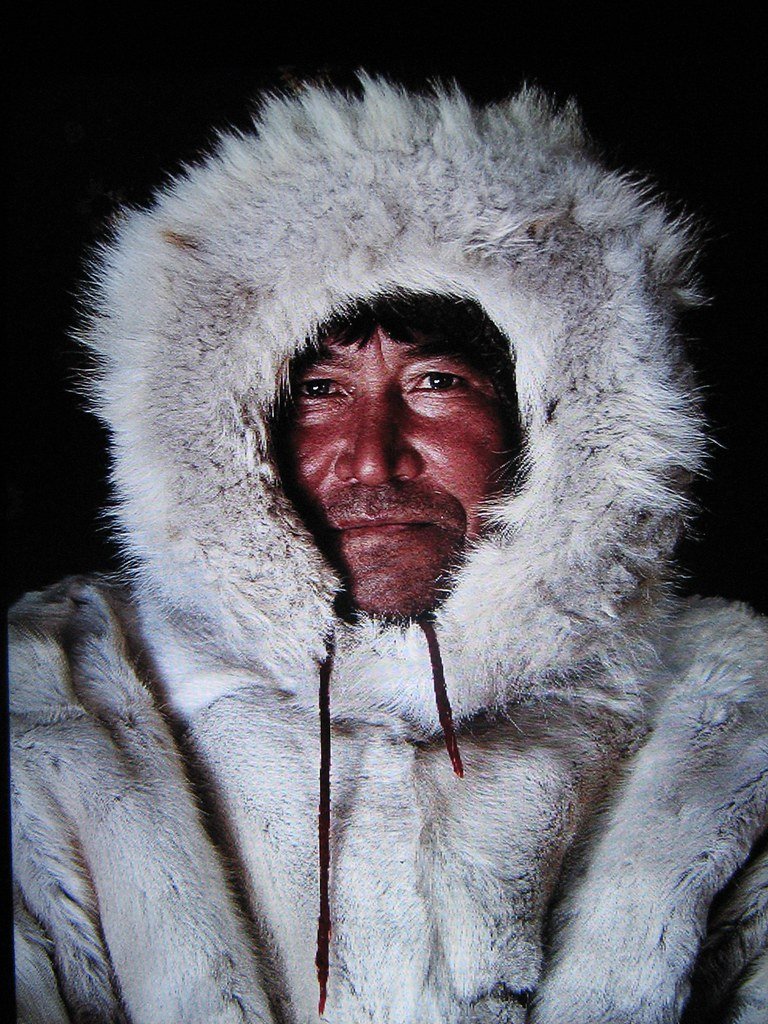








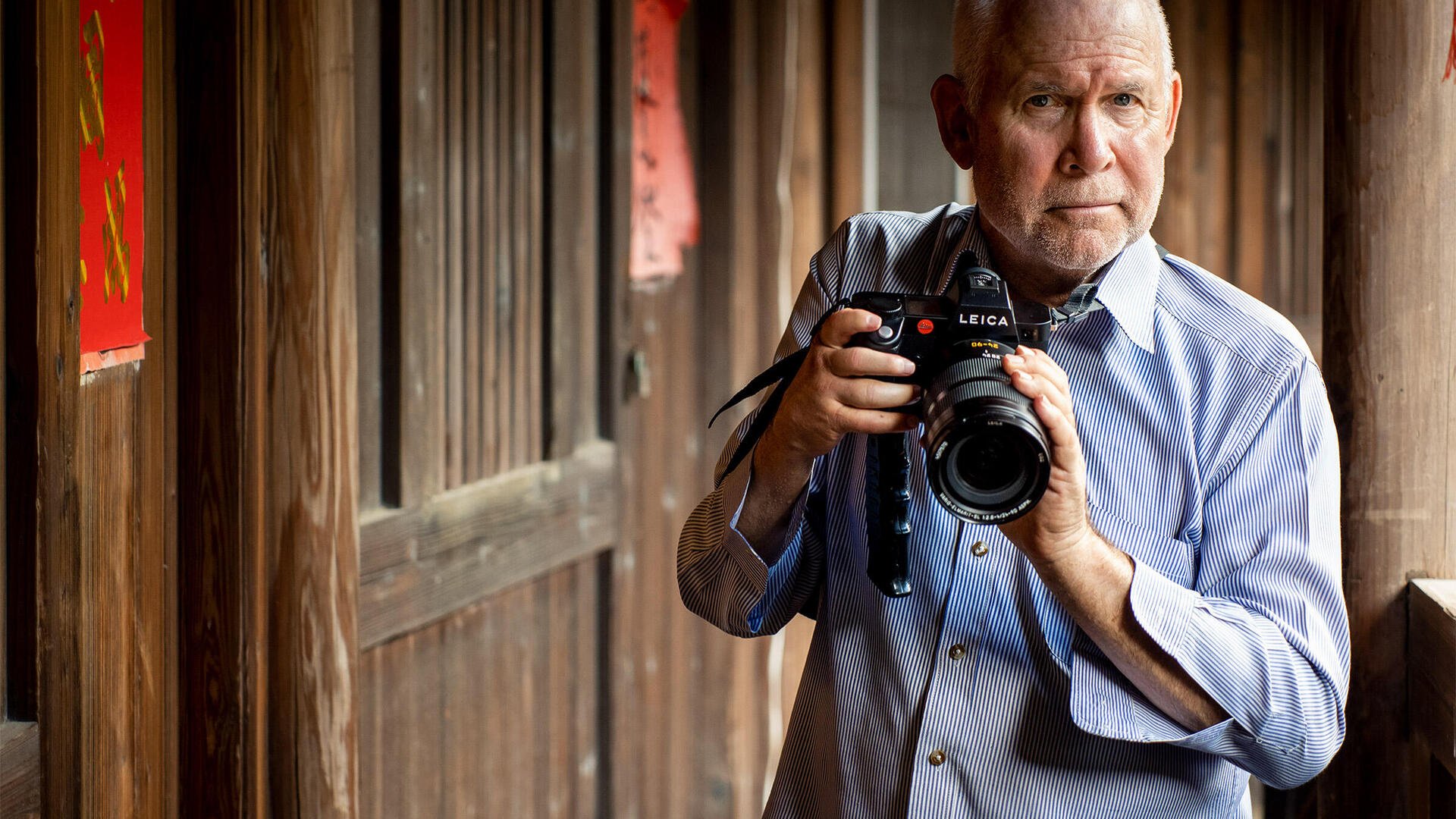





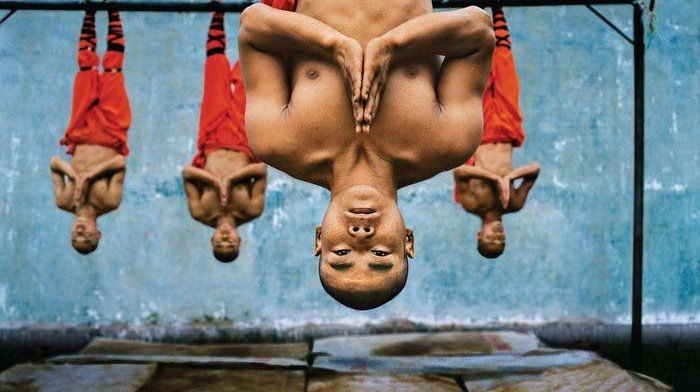
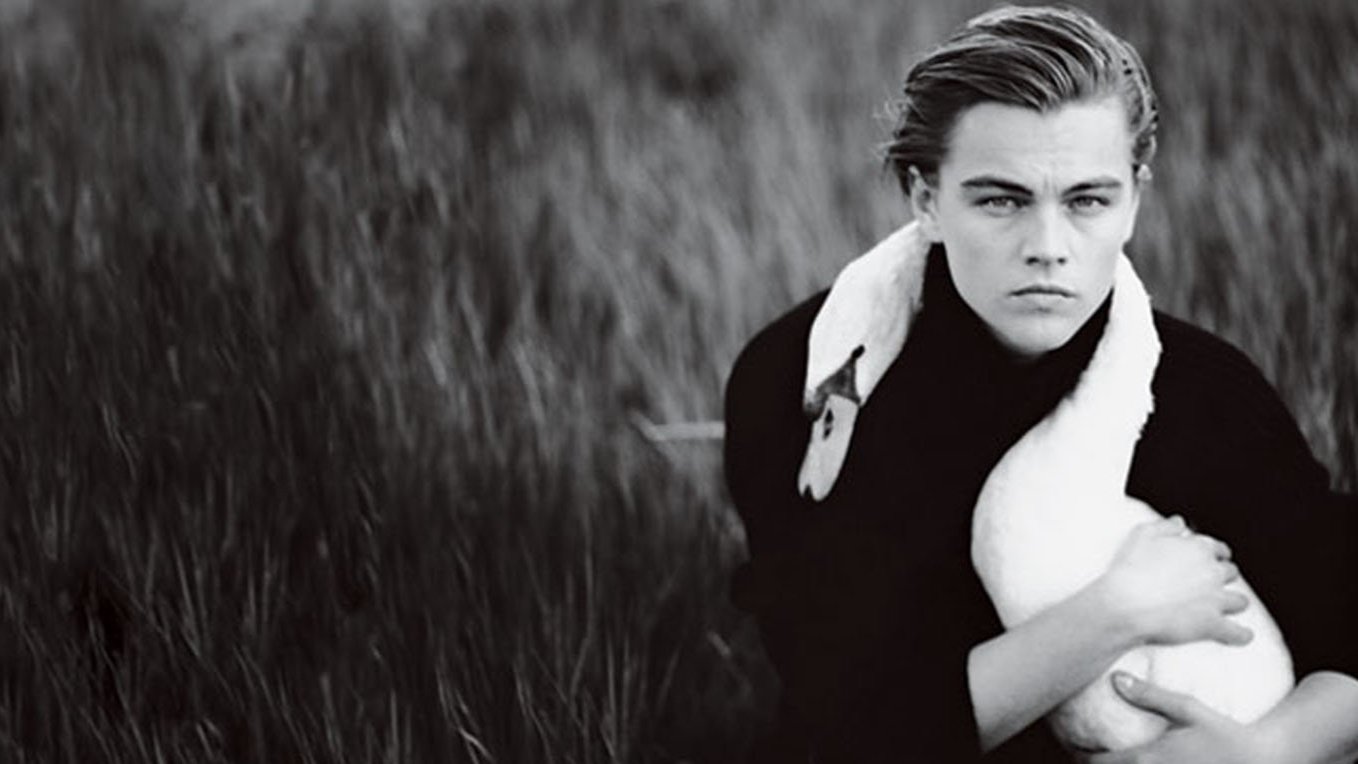






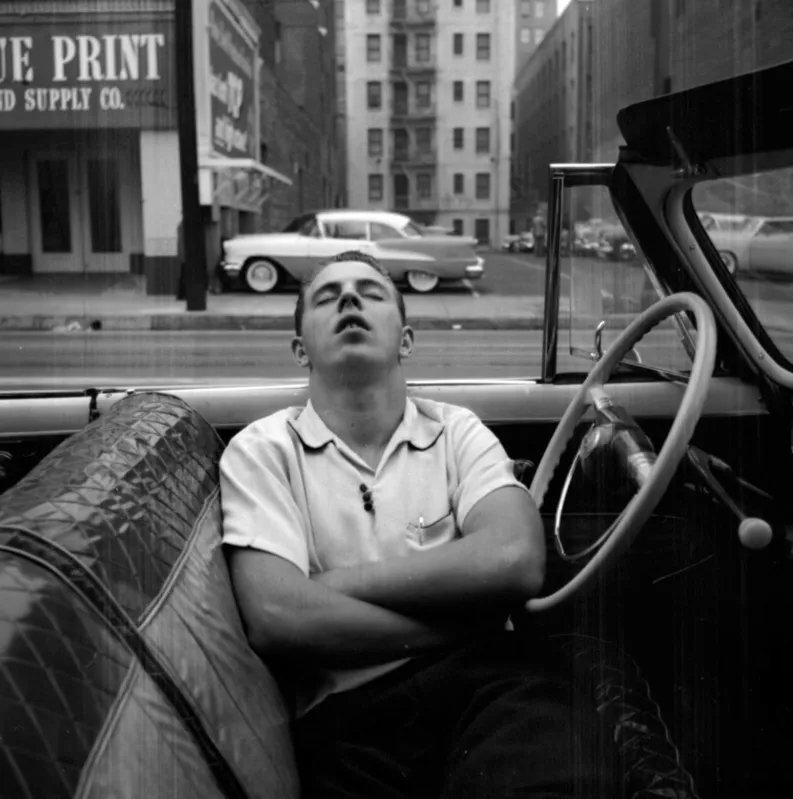
















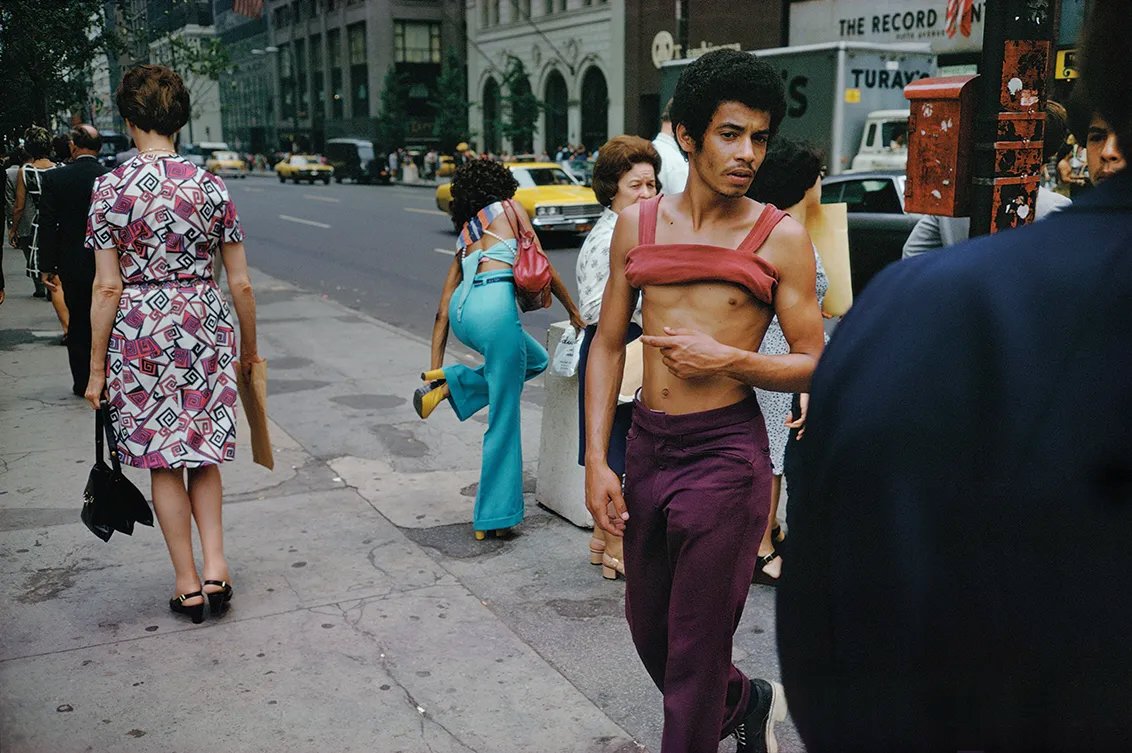






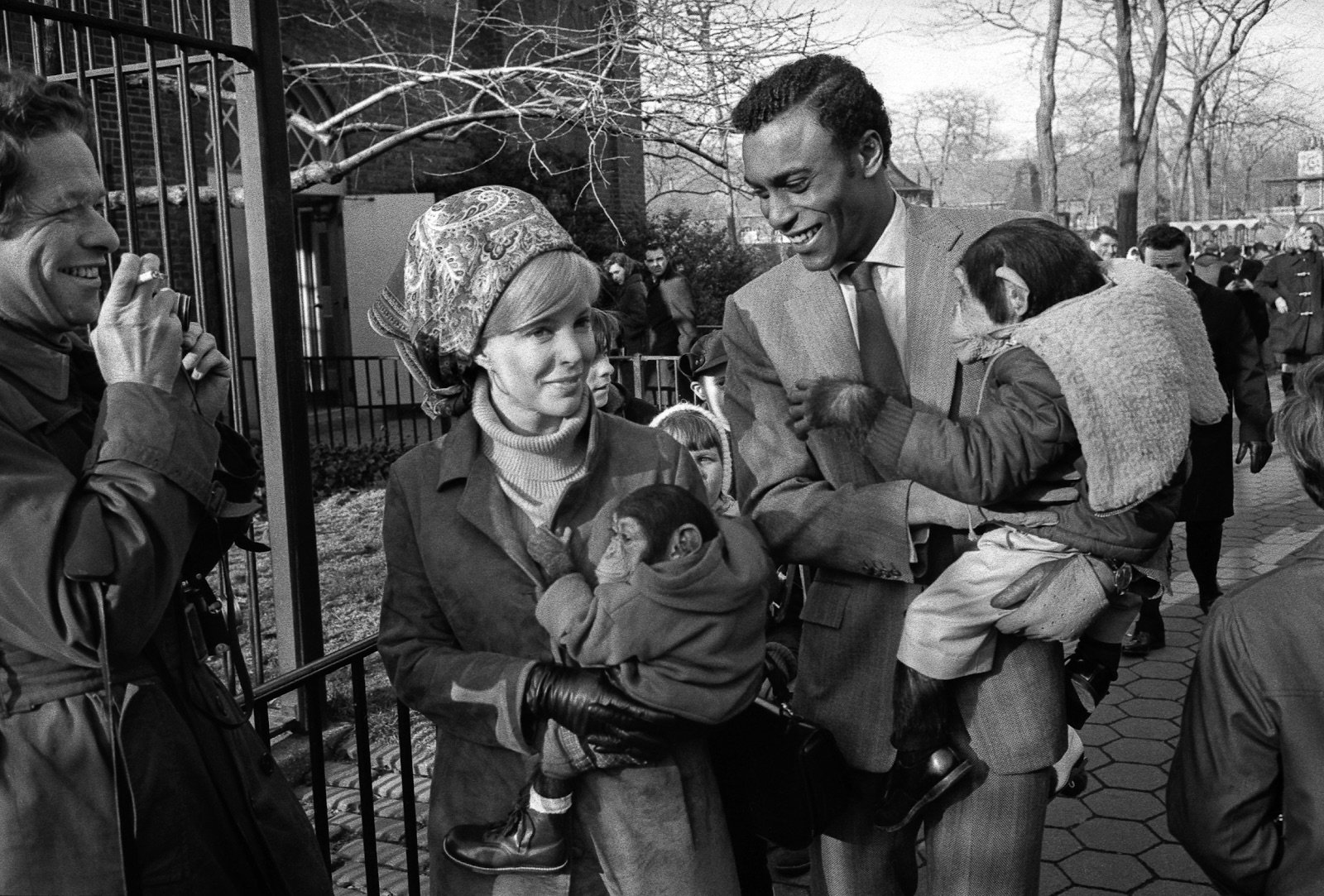


















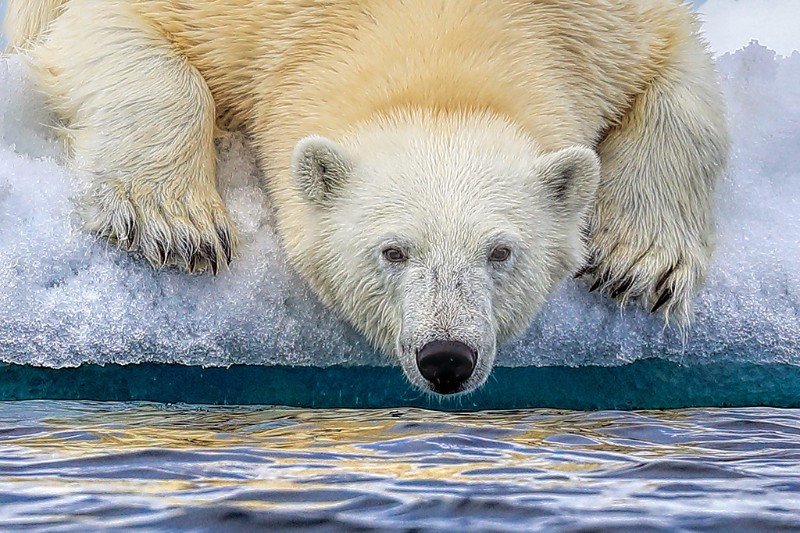







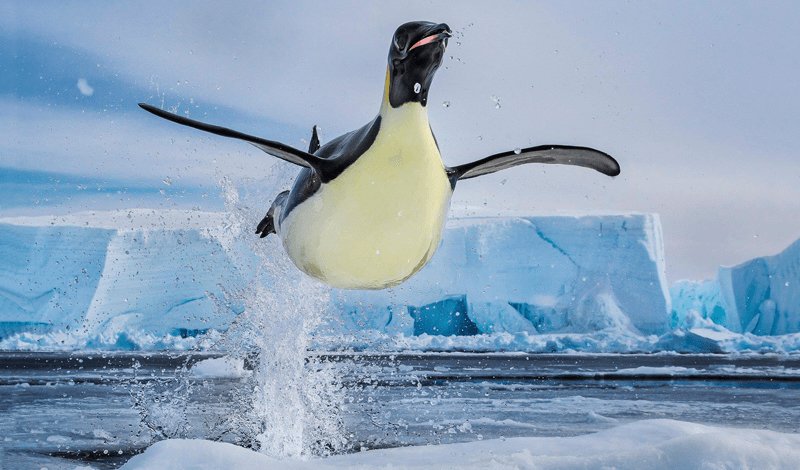








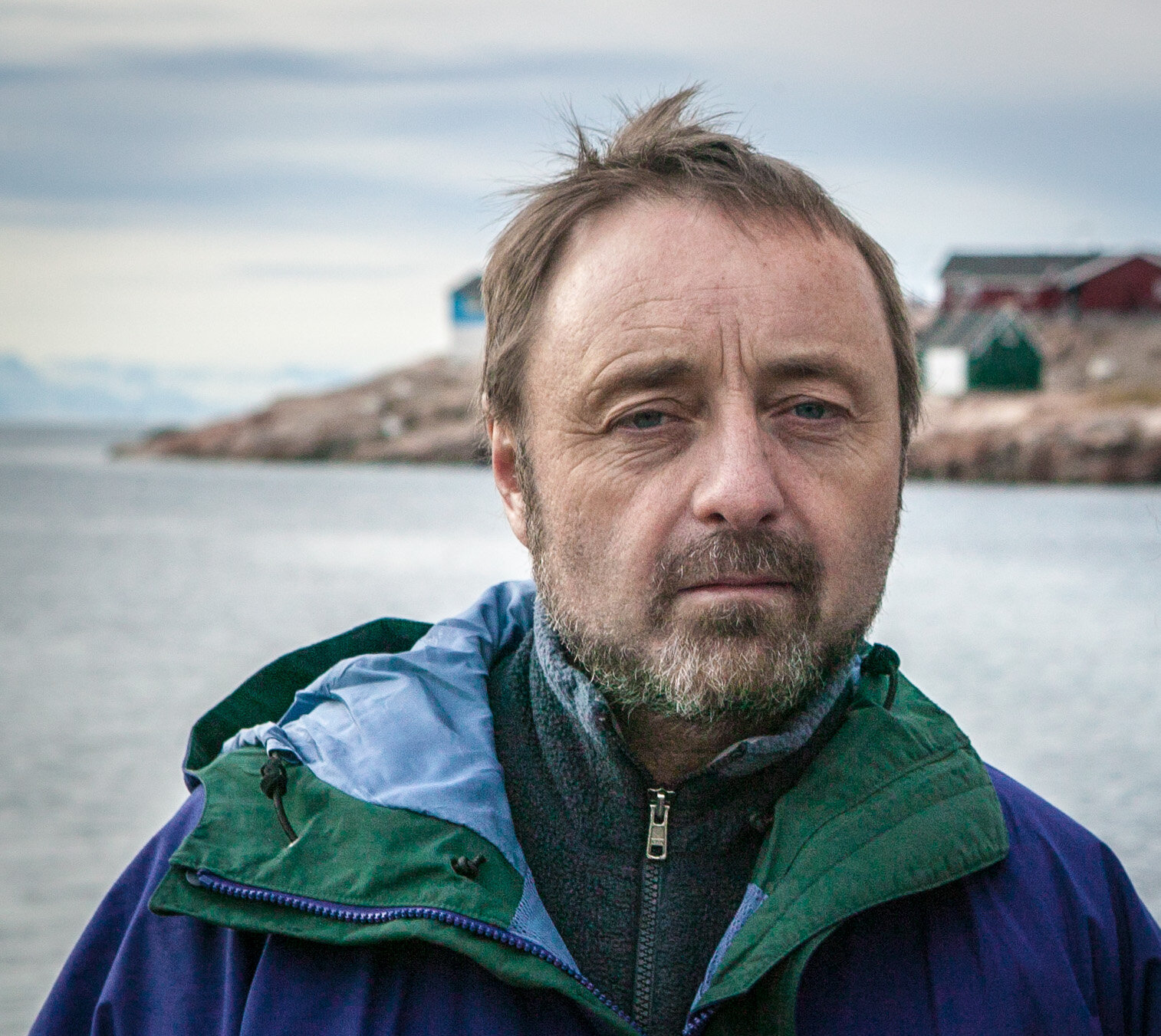






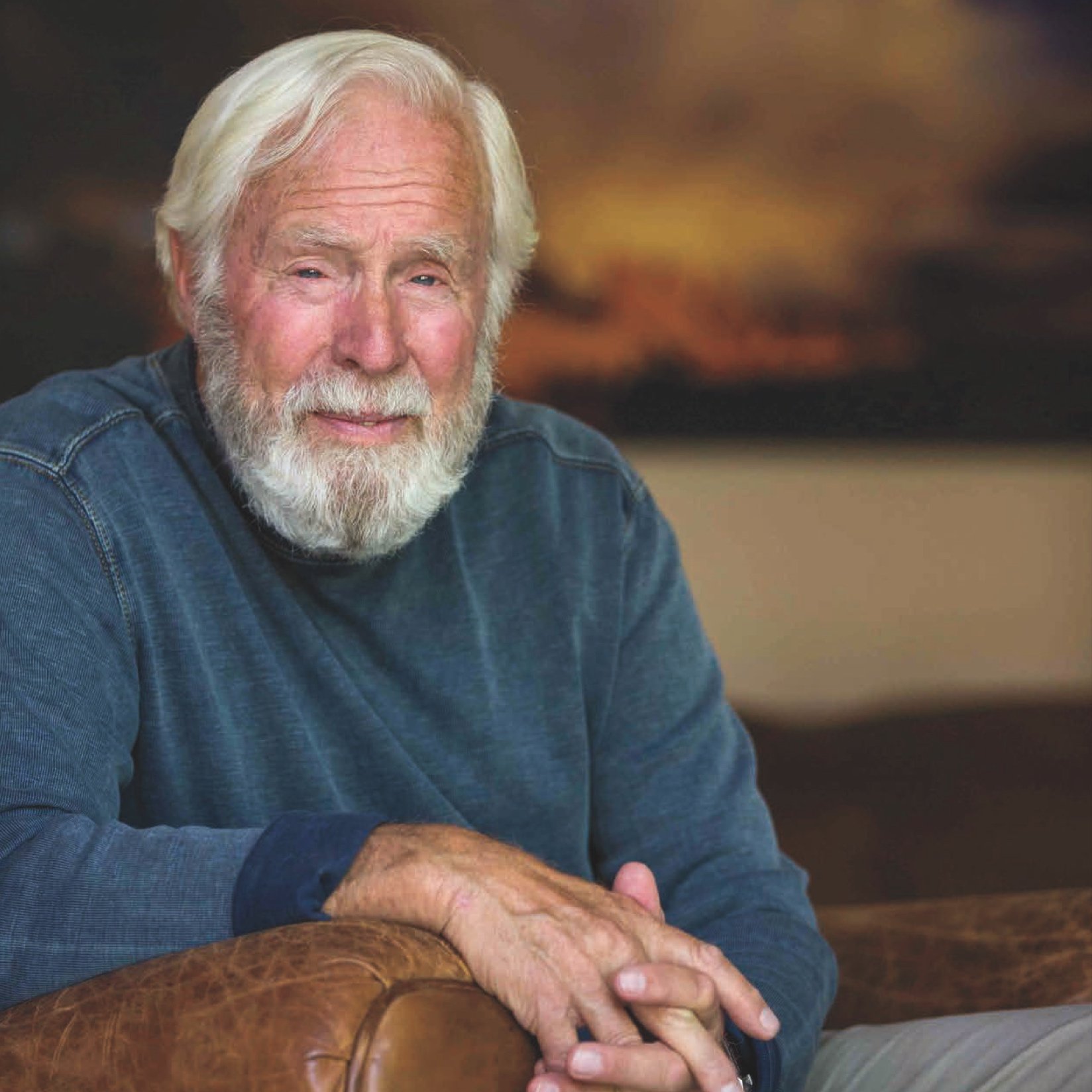



















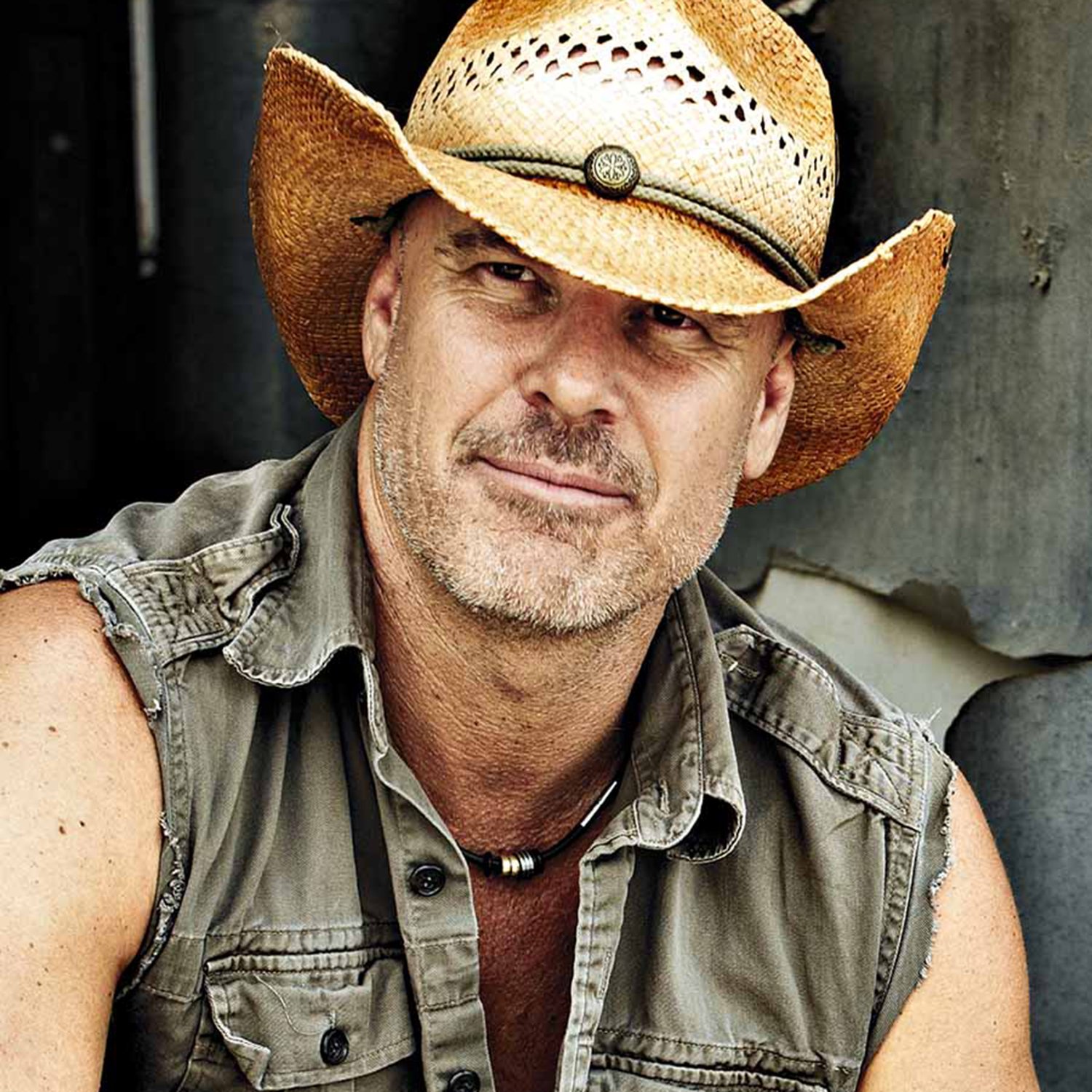
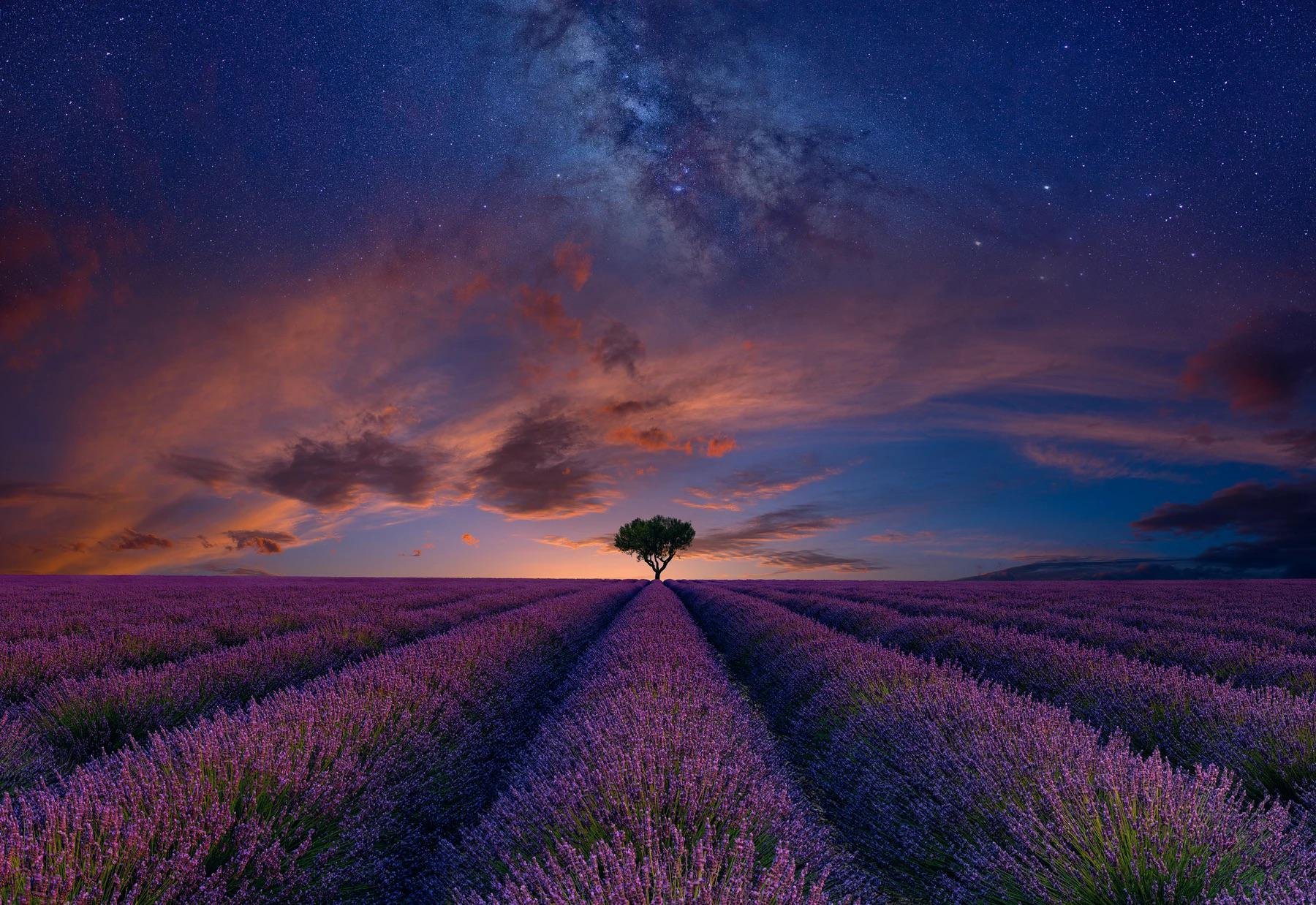



















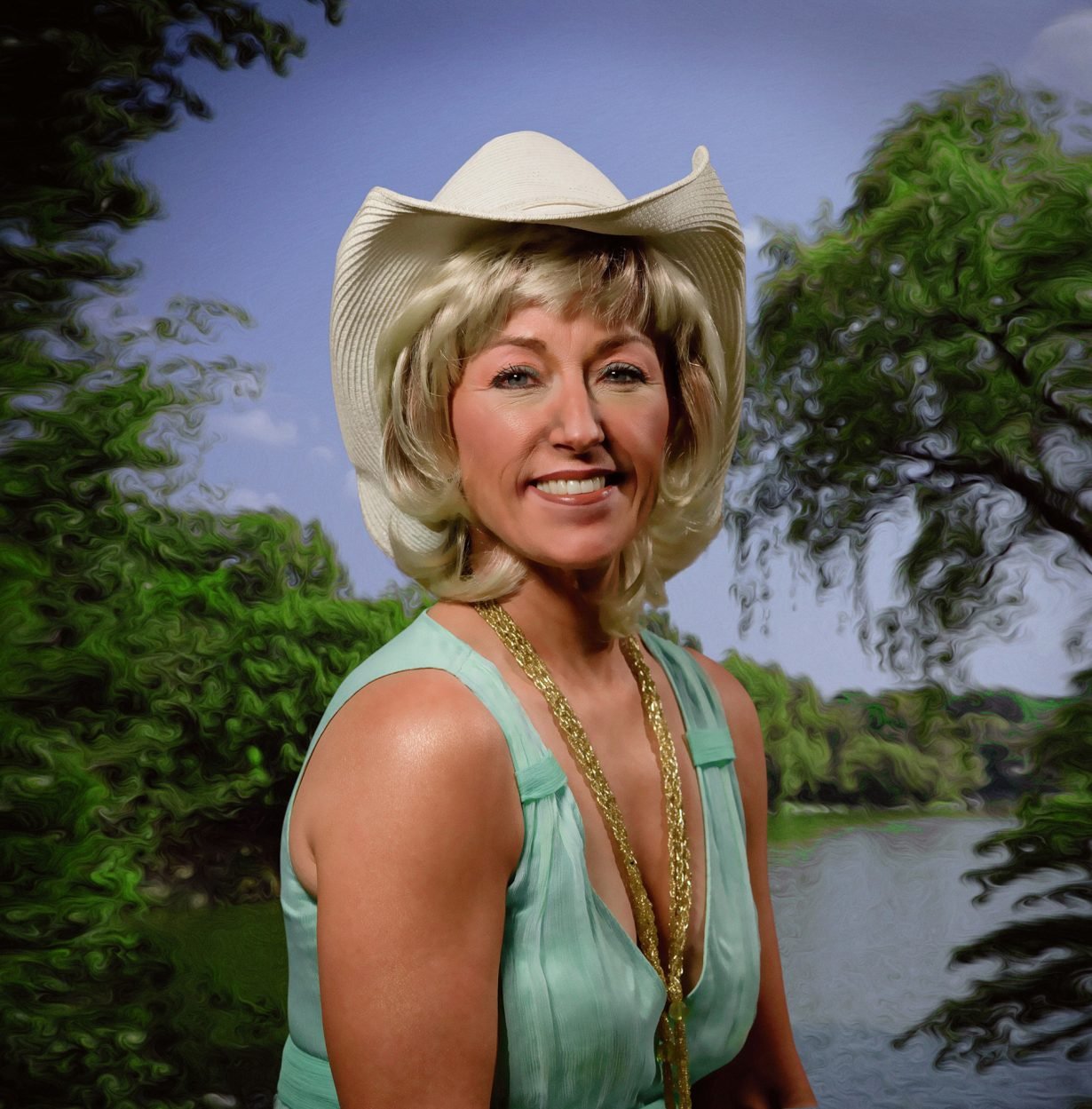





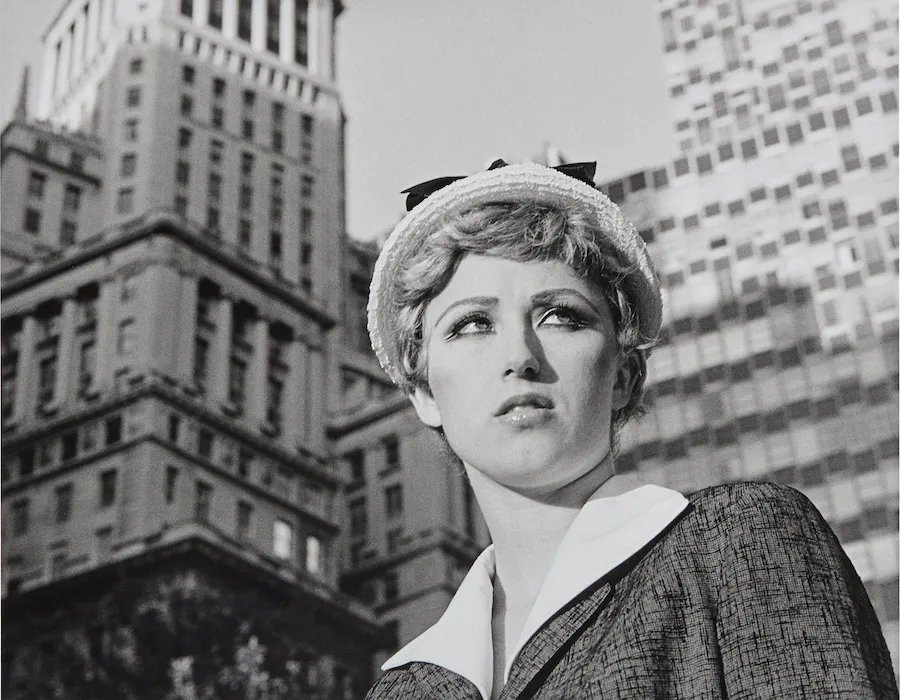














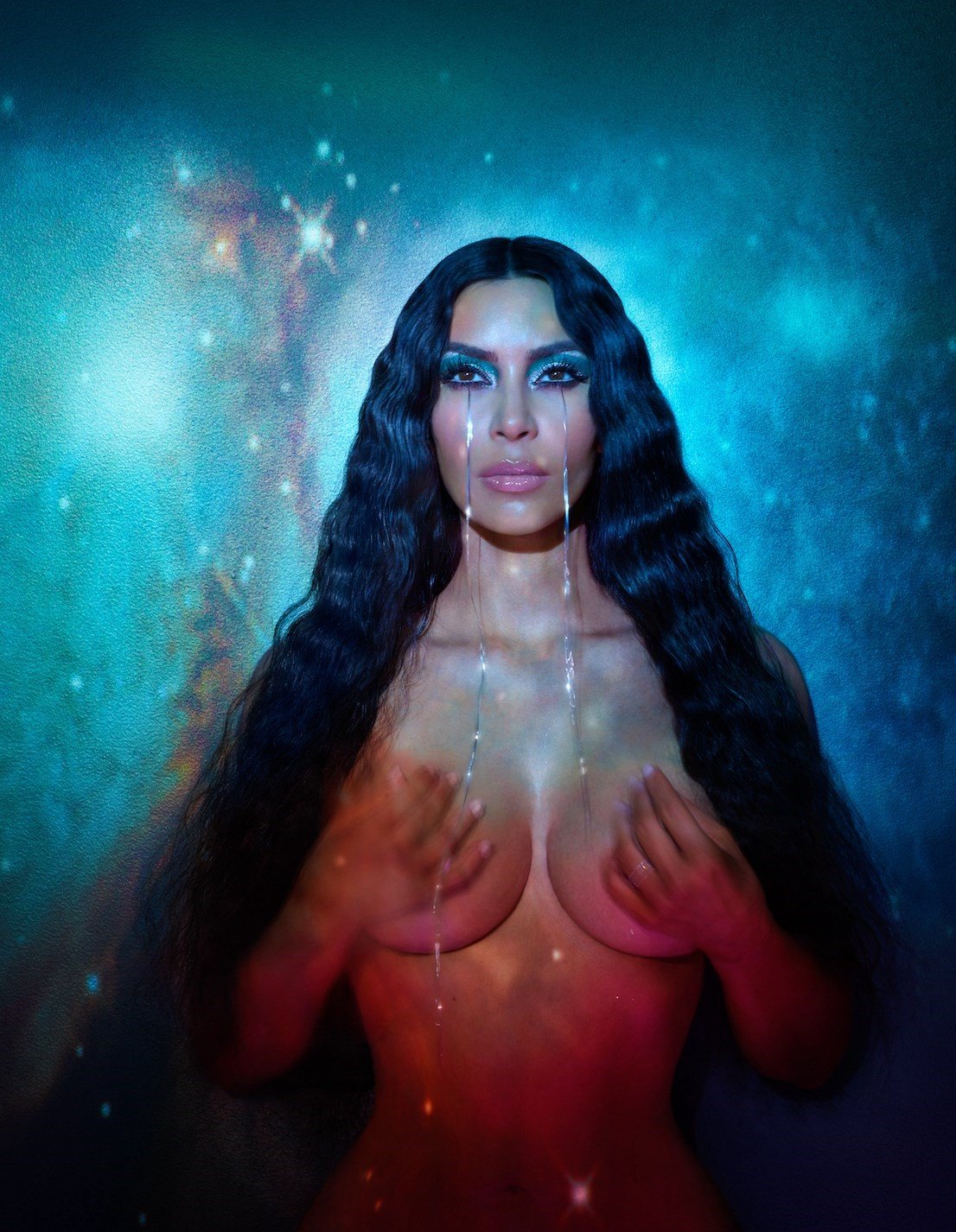




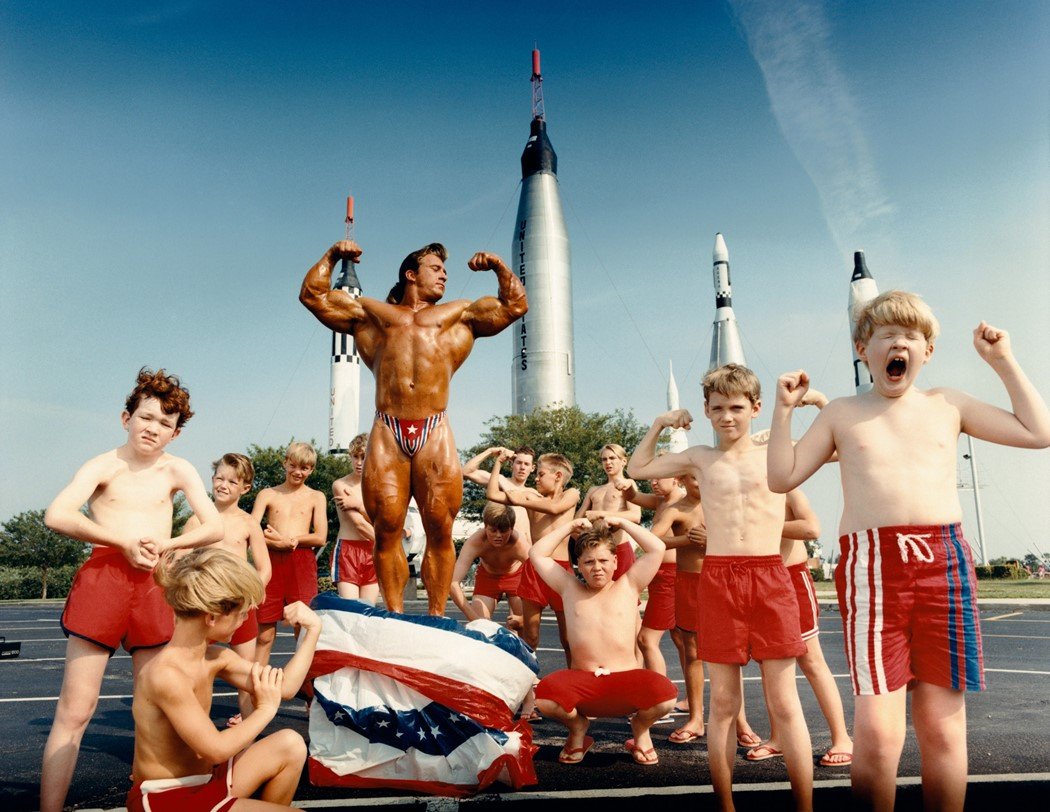




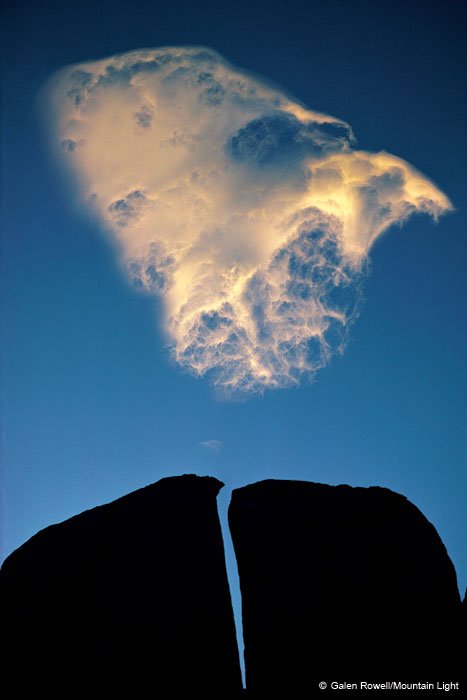




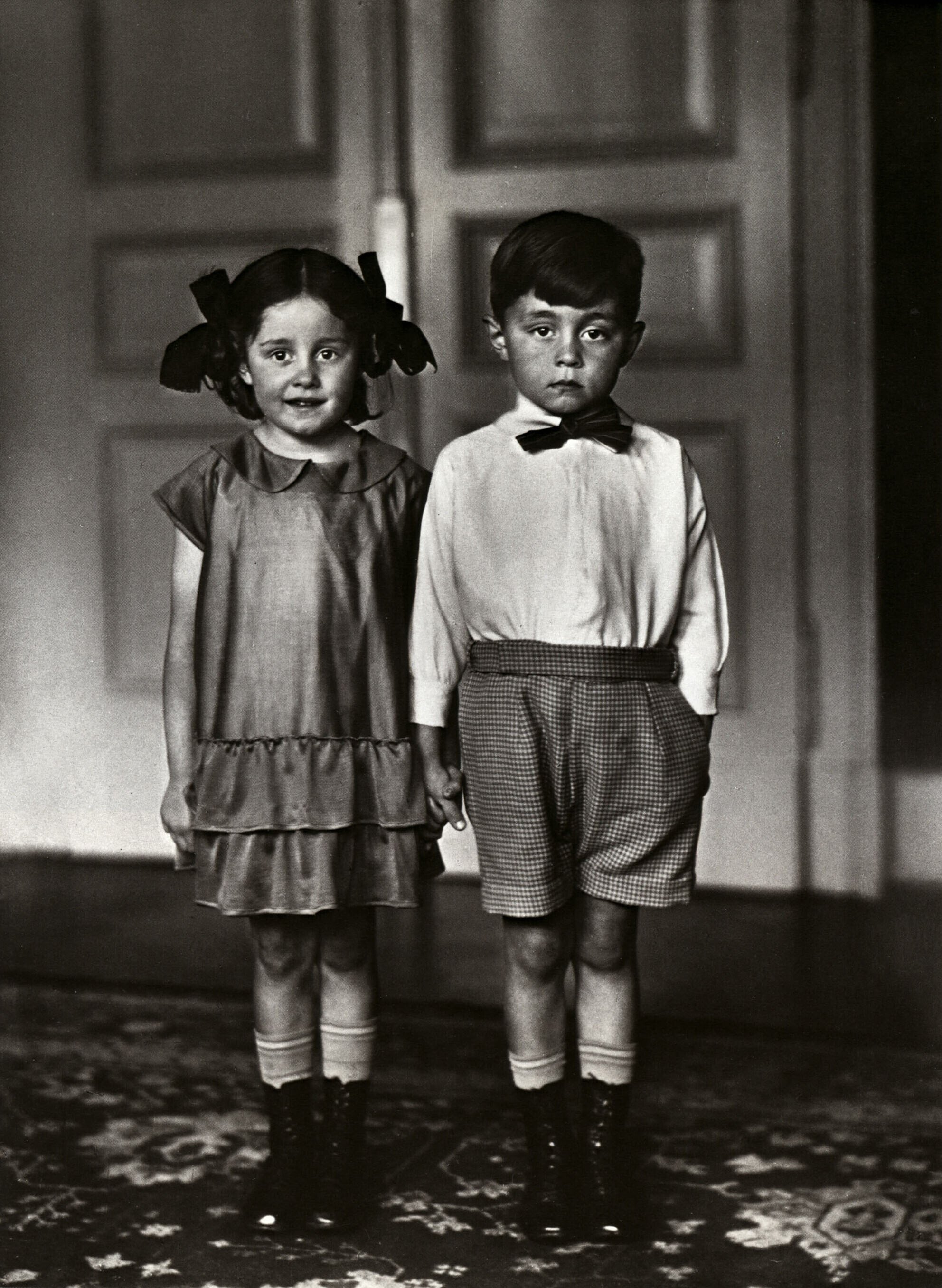





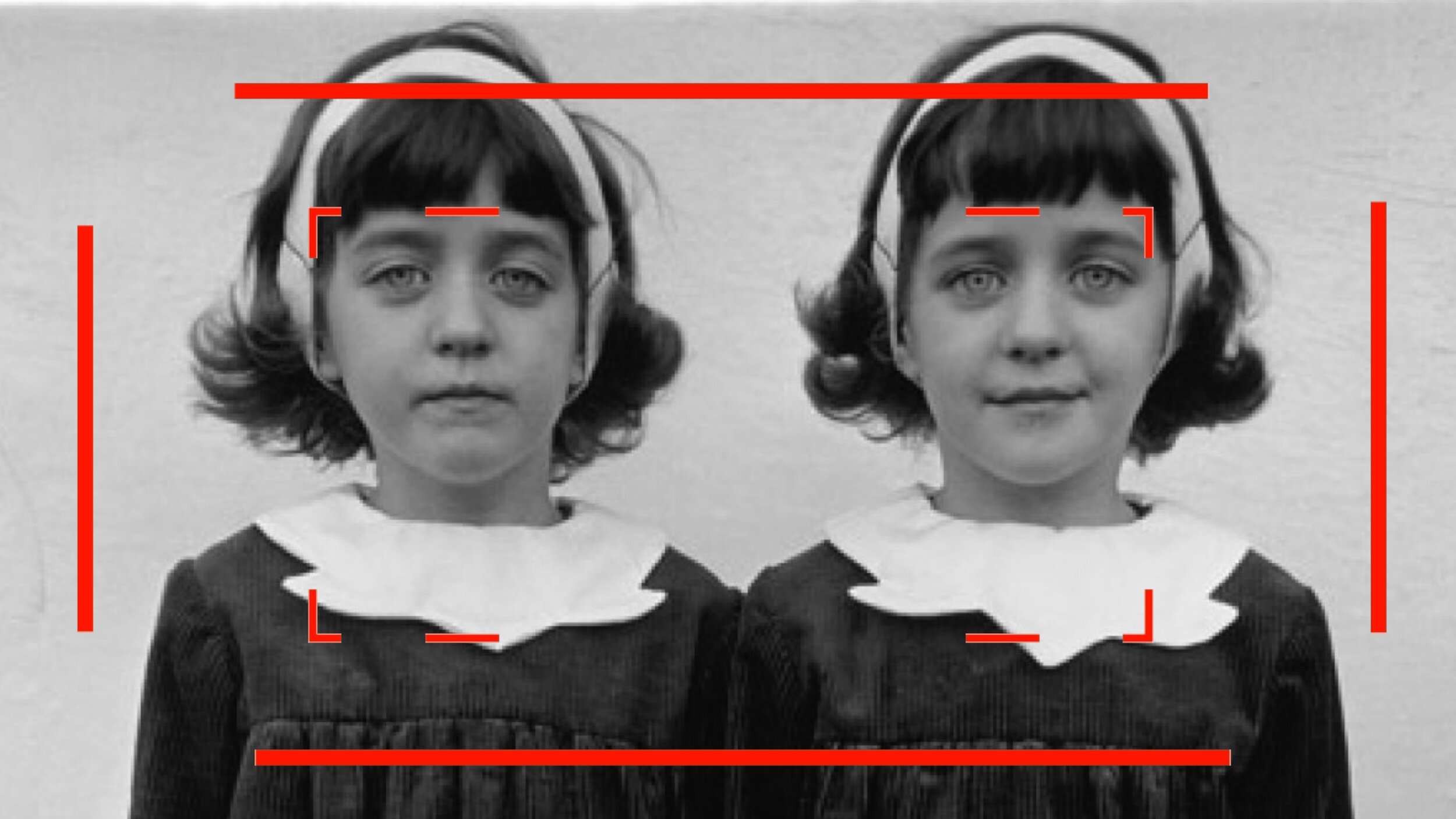
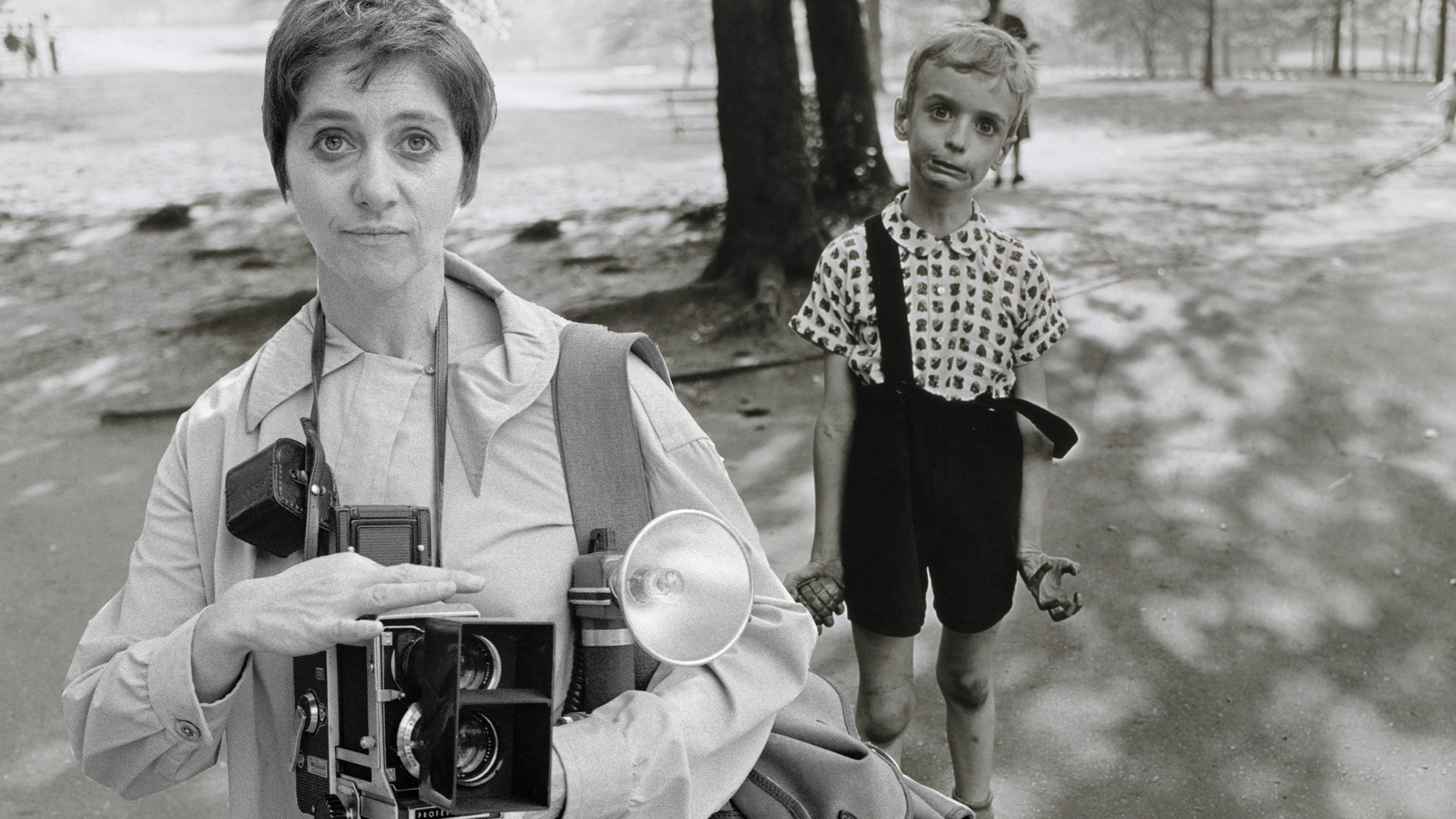




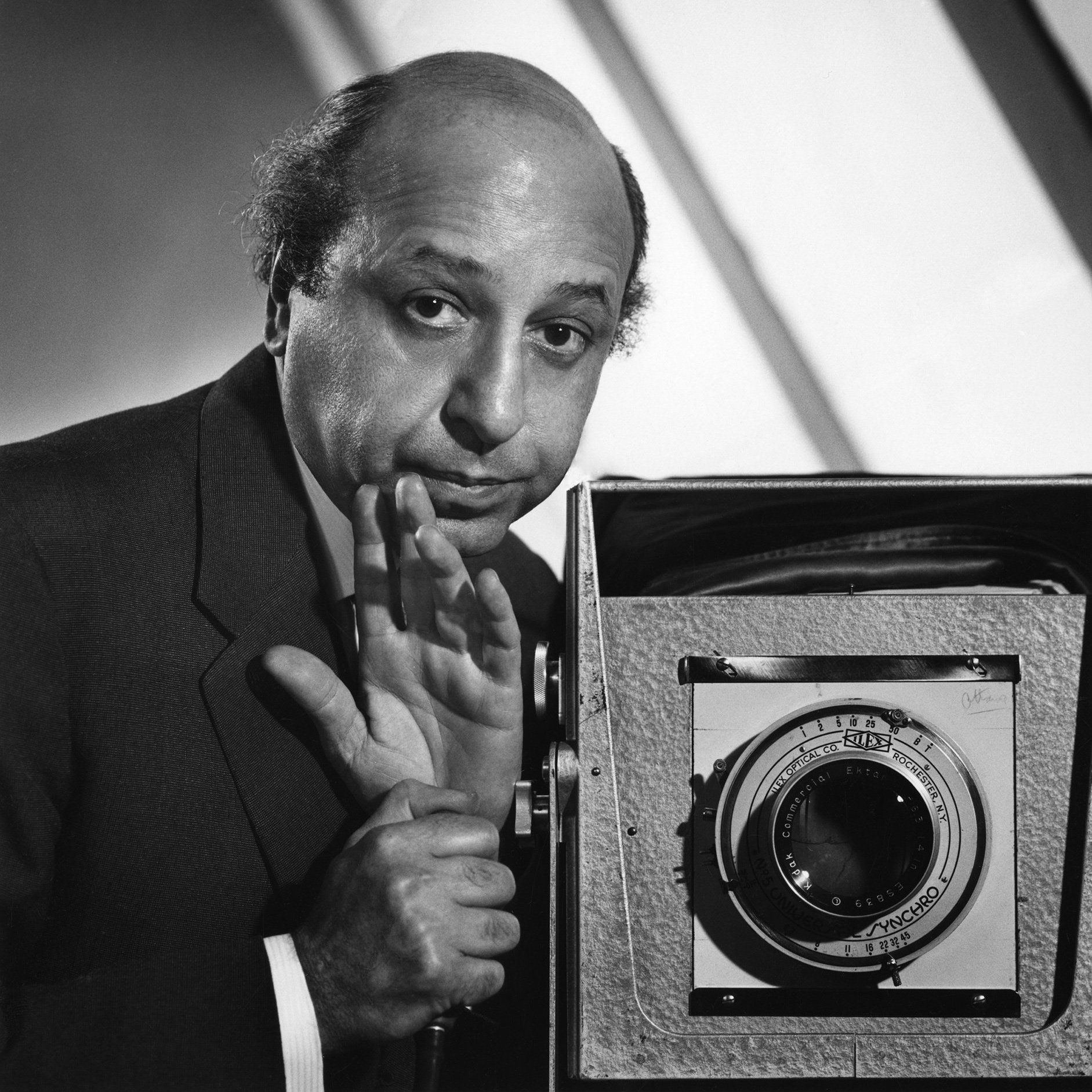







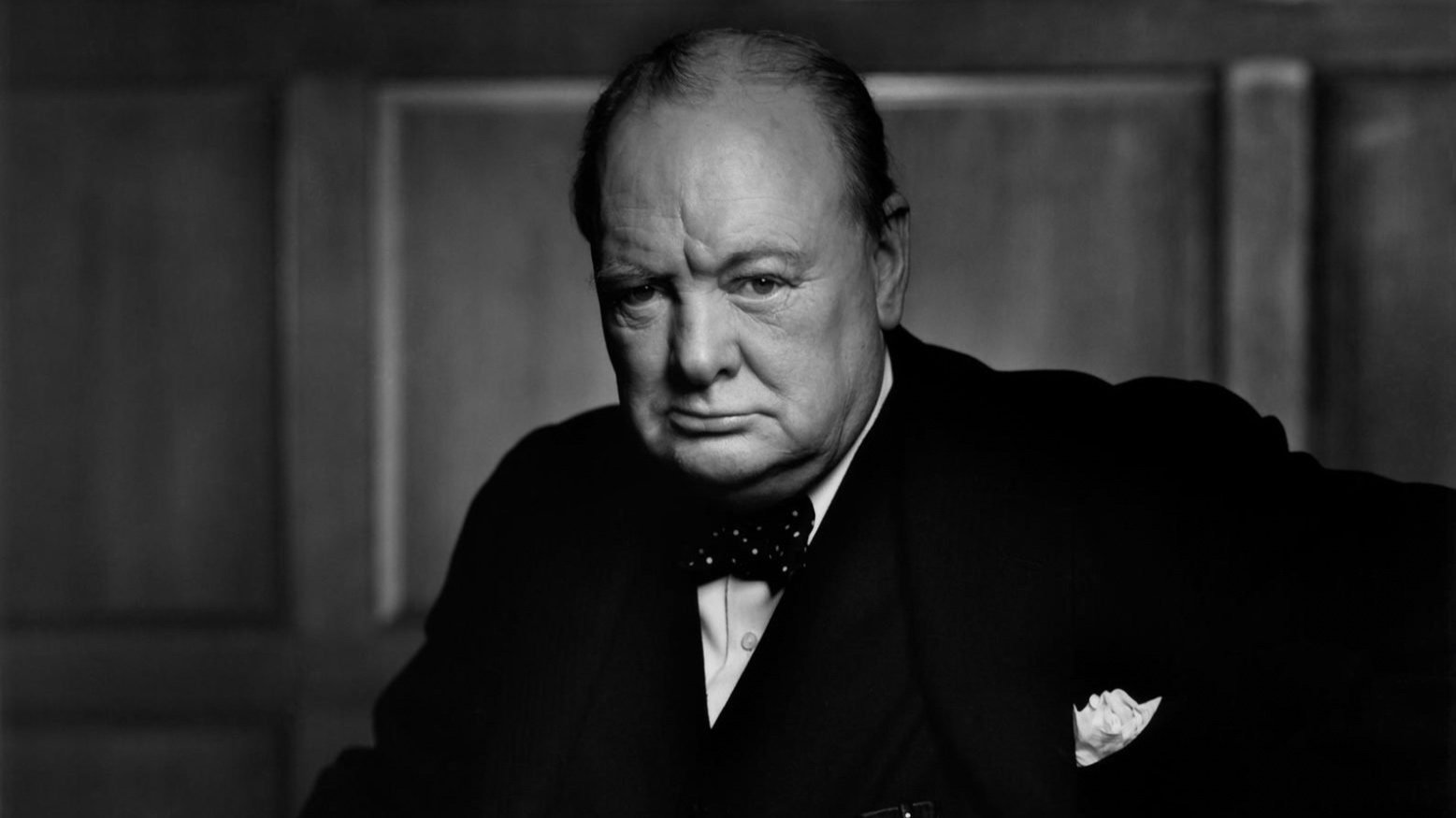
Unravel the captivating story of Vivian Maier, a seemingly ordinary nanny with a secret talent for street photography, whose work was discovered by chance and posthumously celebrated worldwide, securing her place as one of the most important photographers of the 20th century.